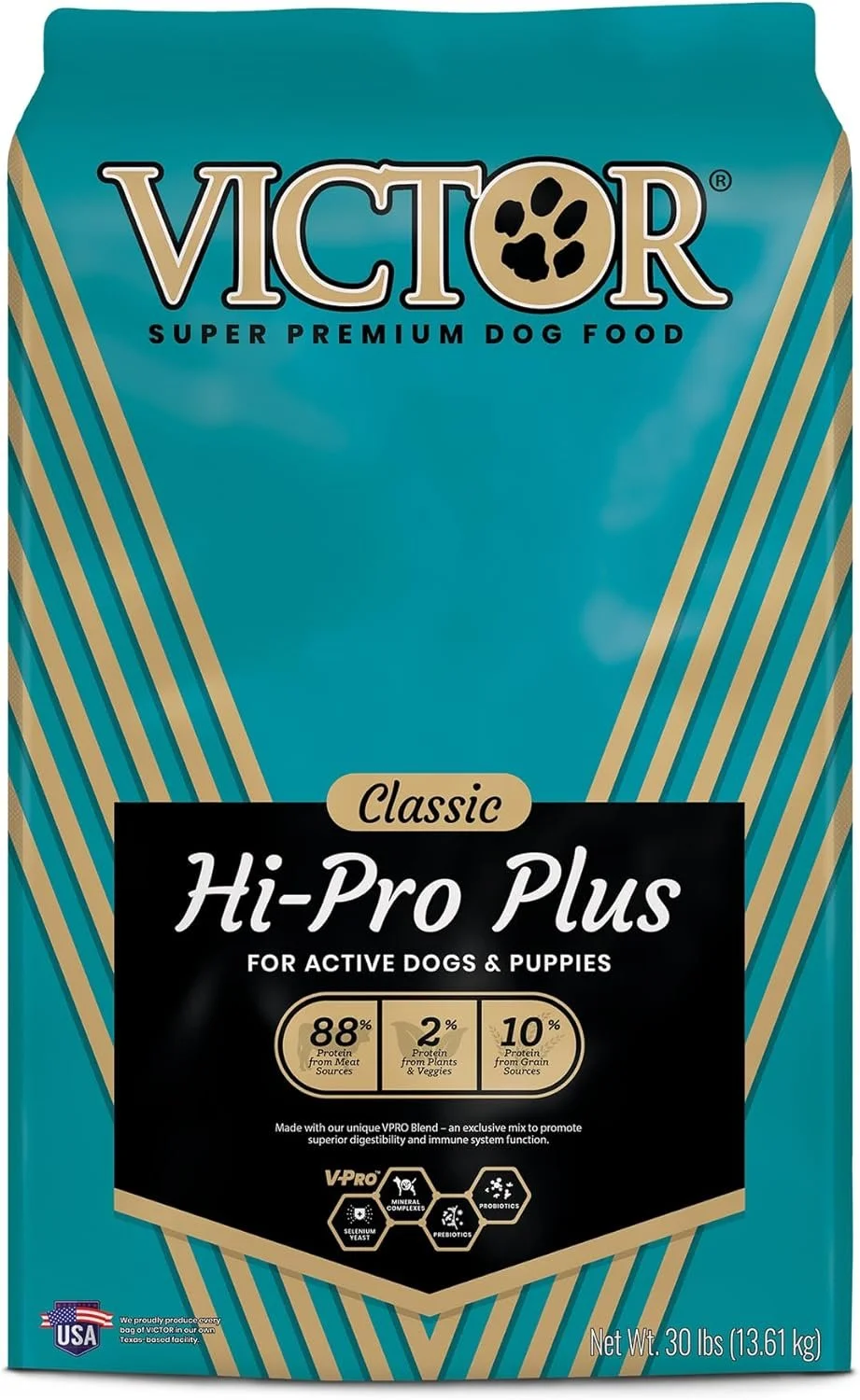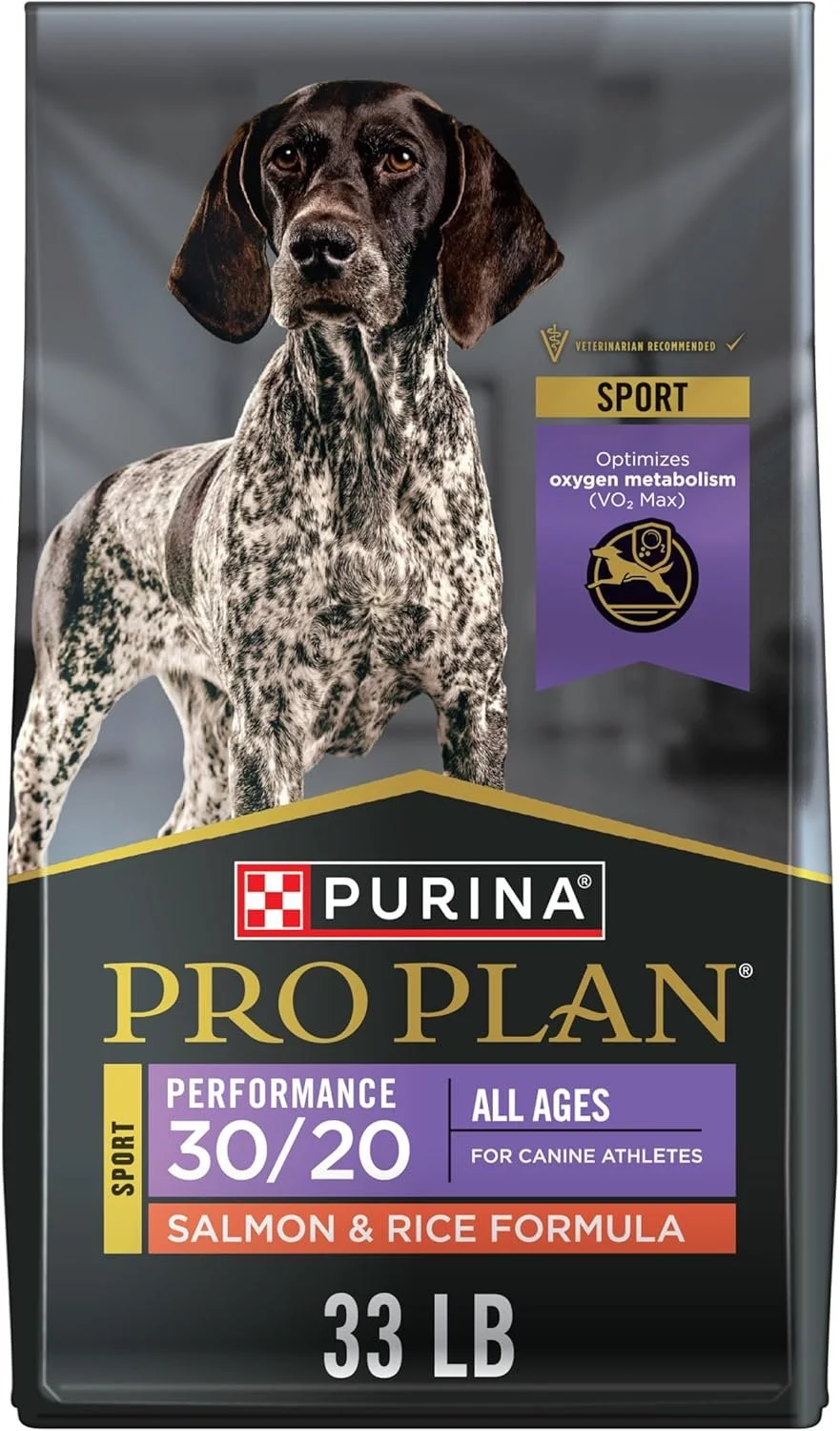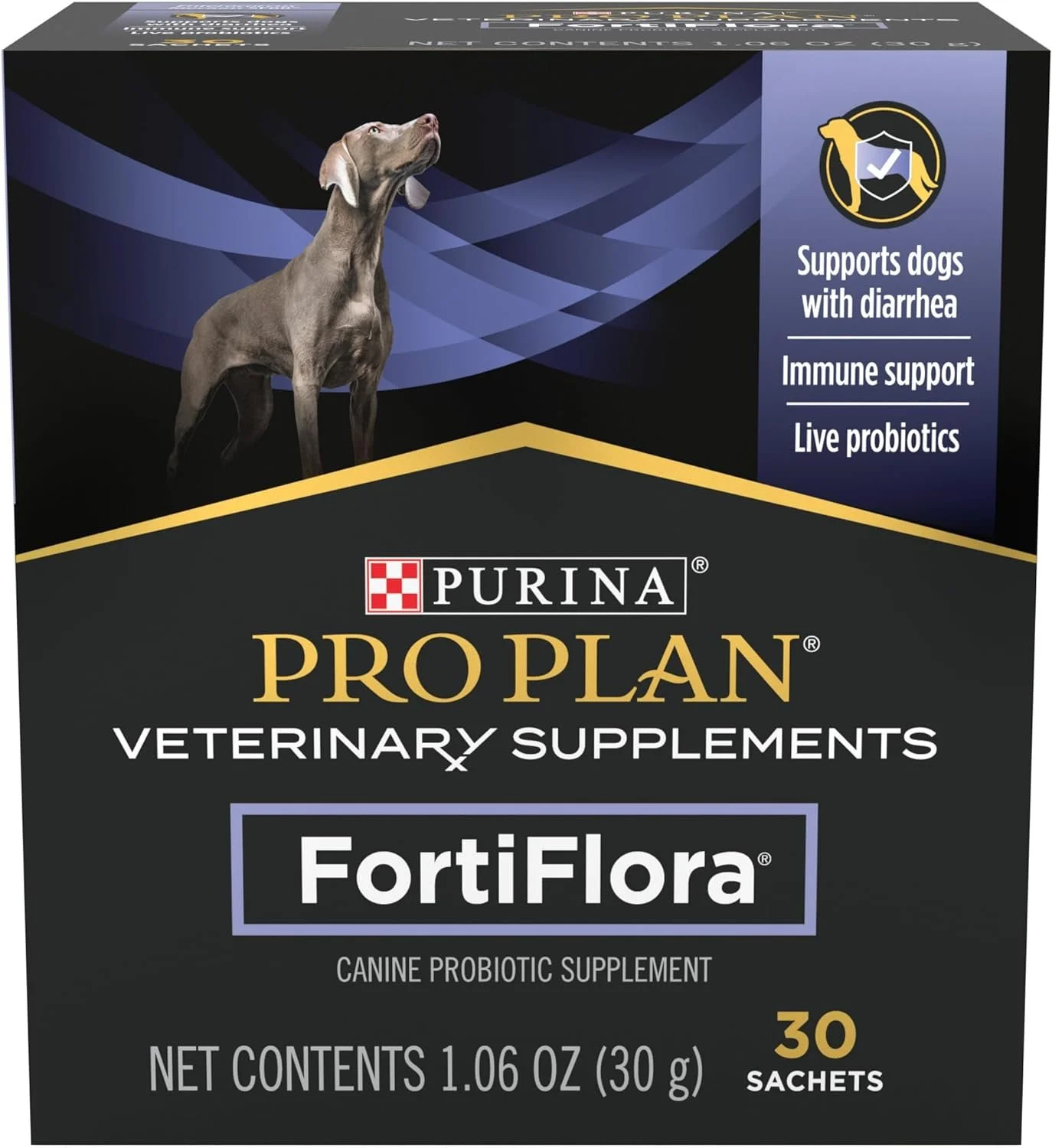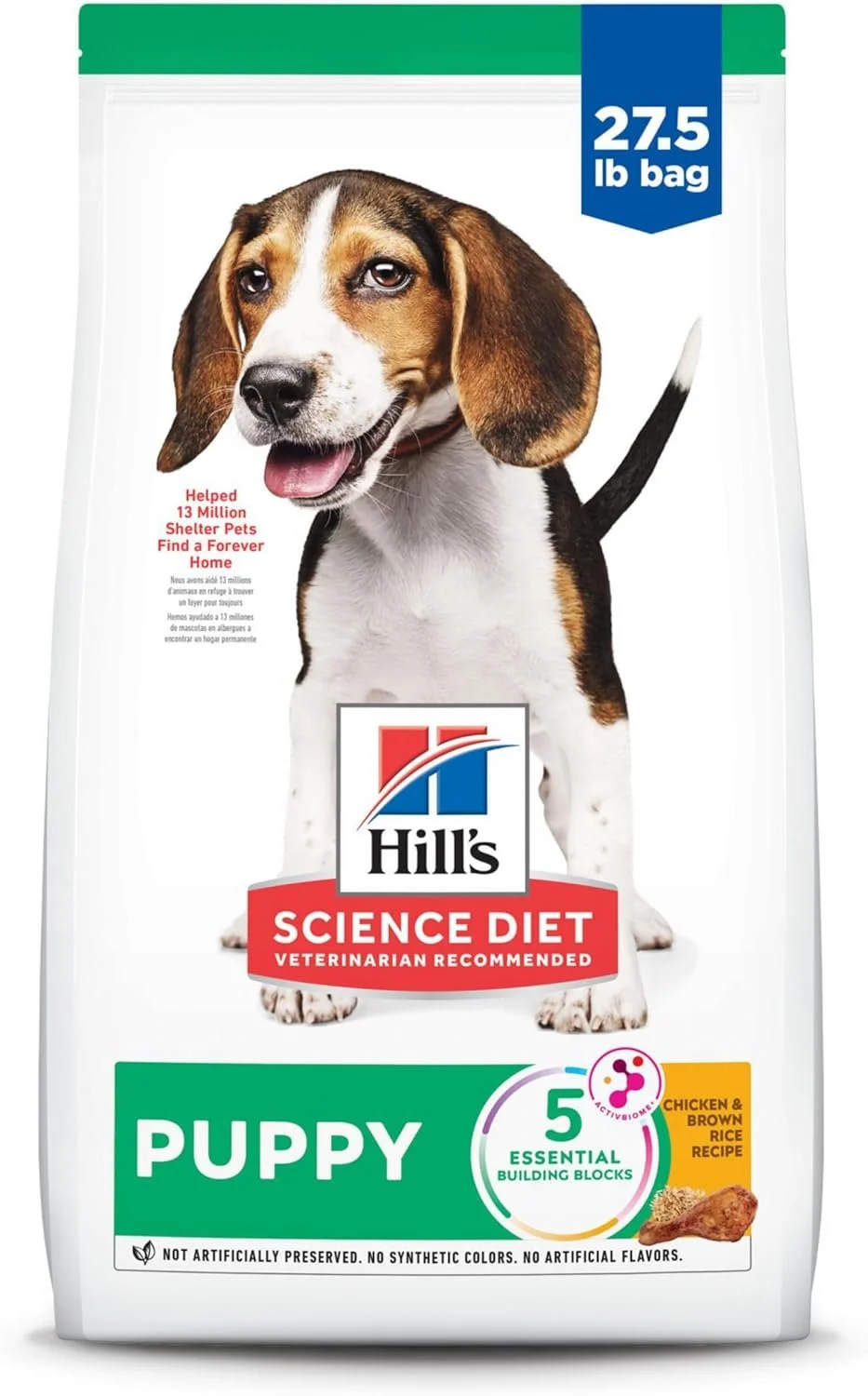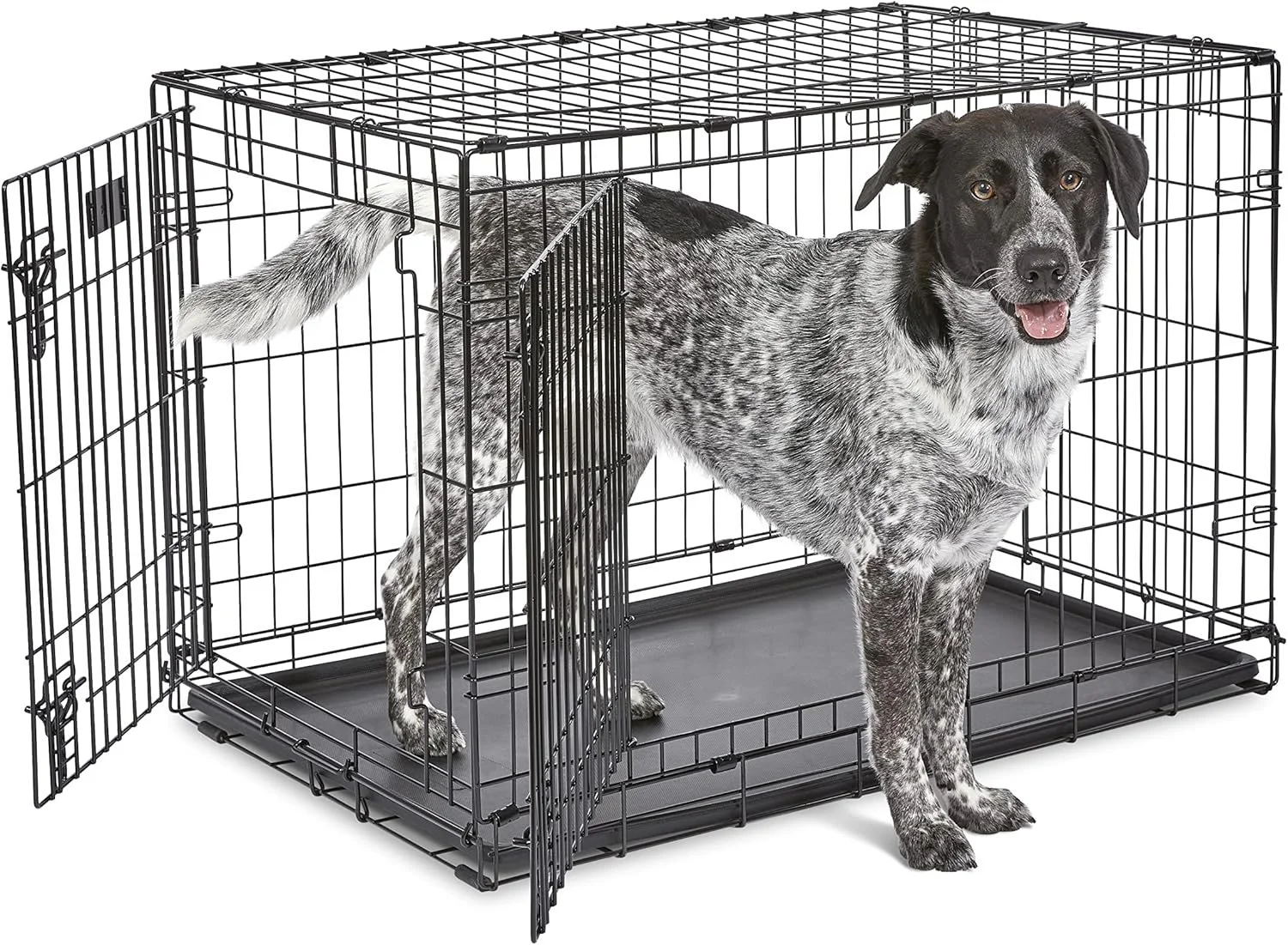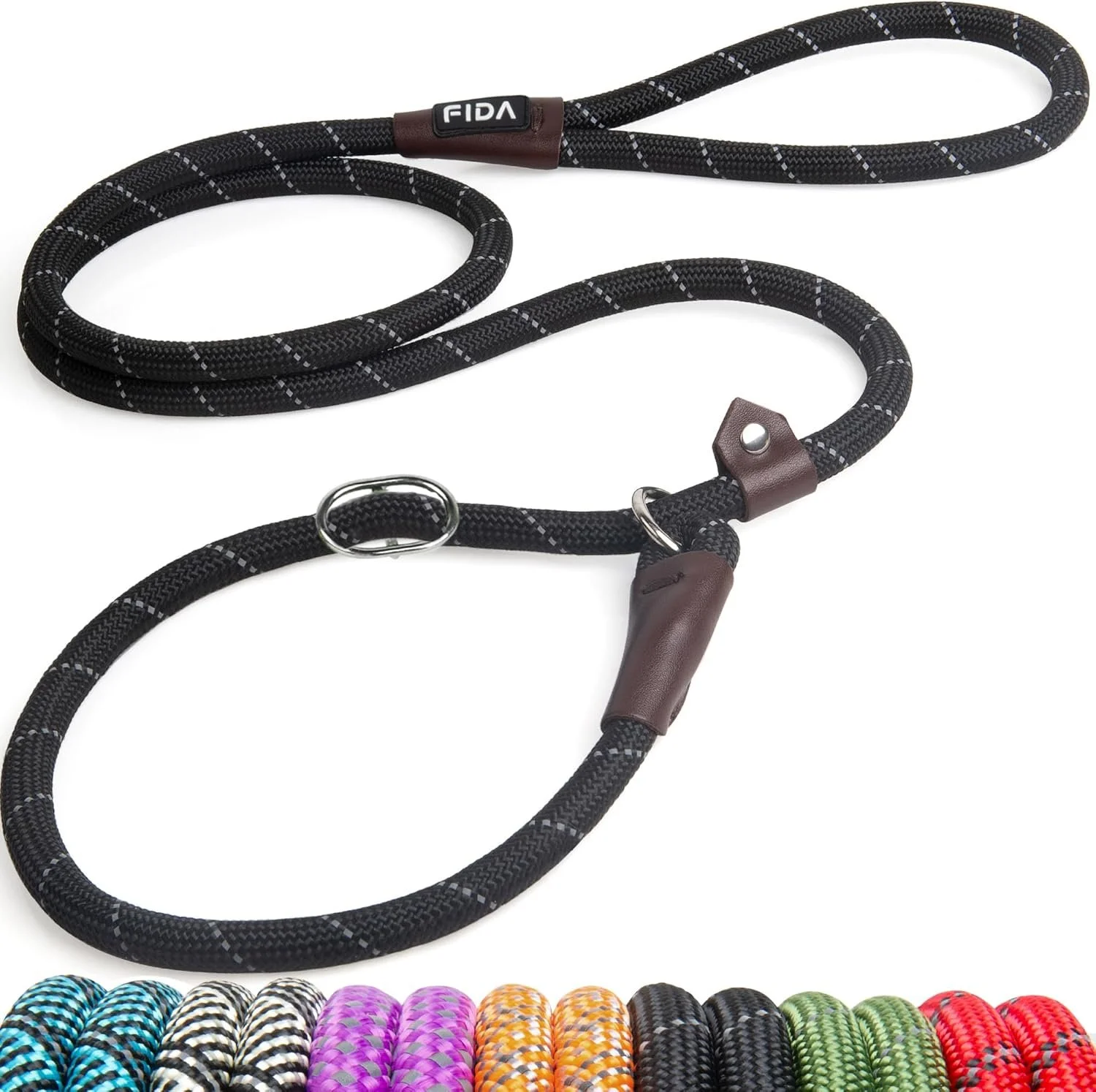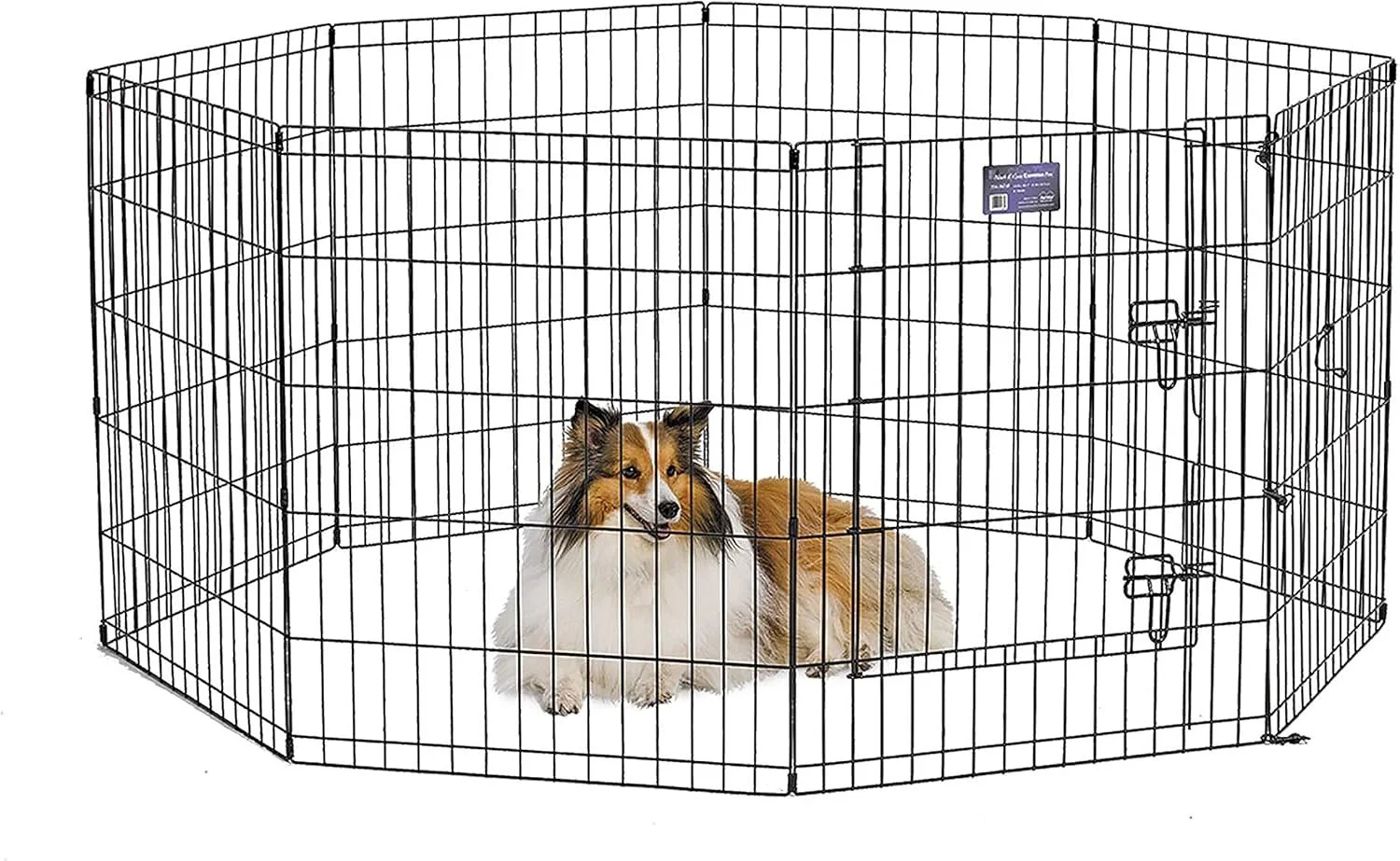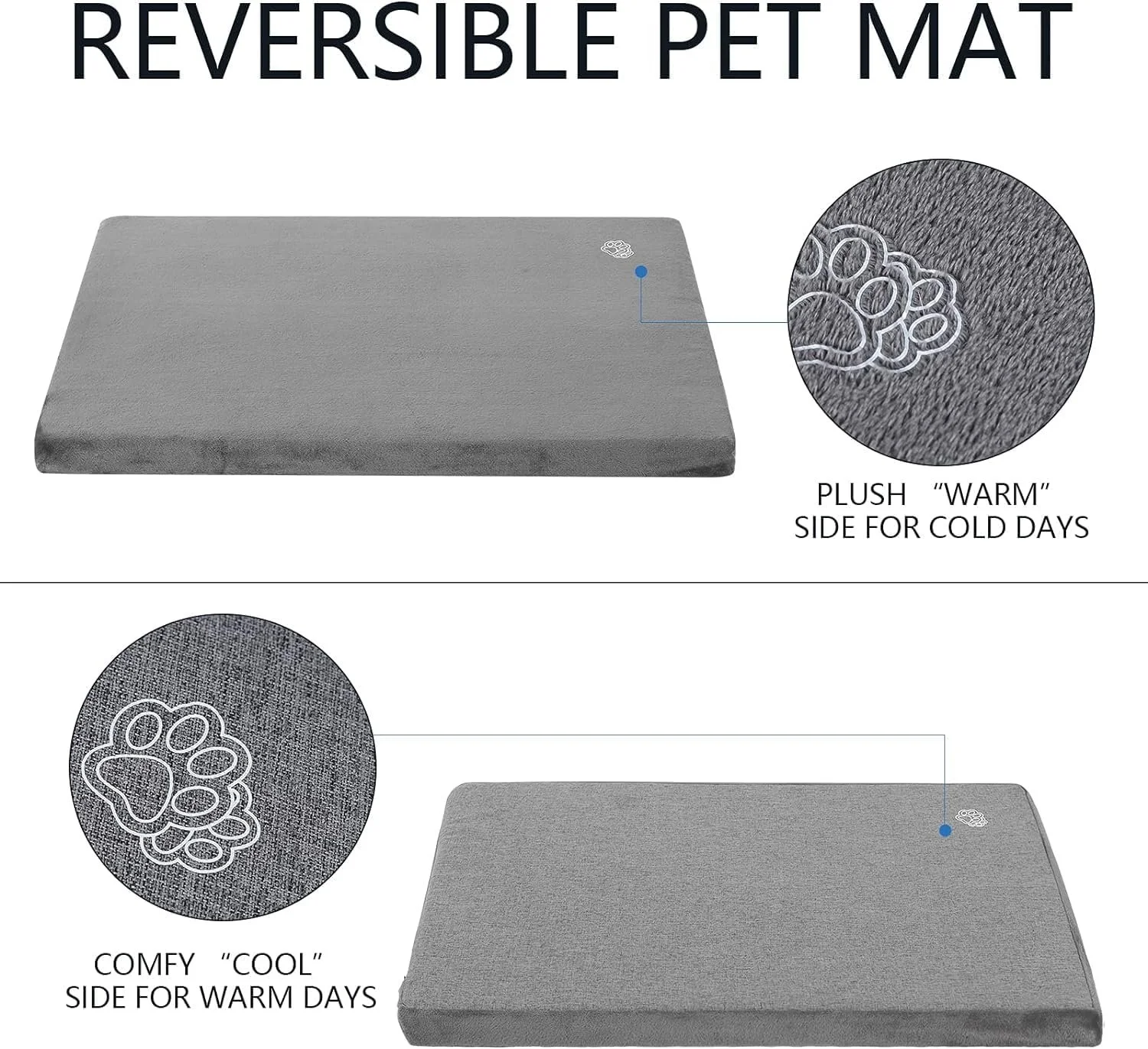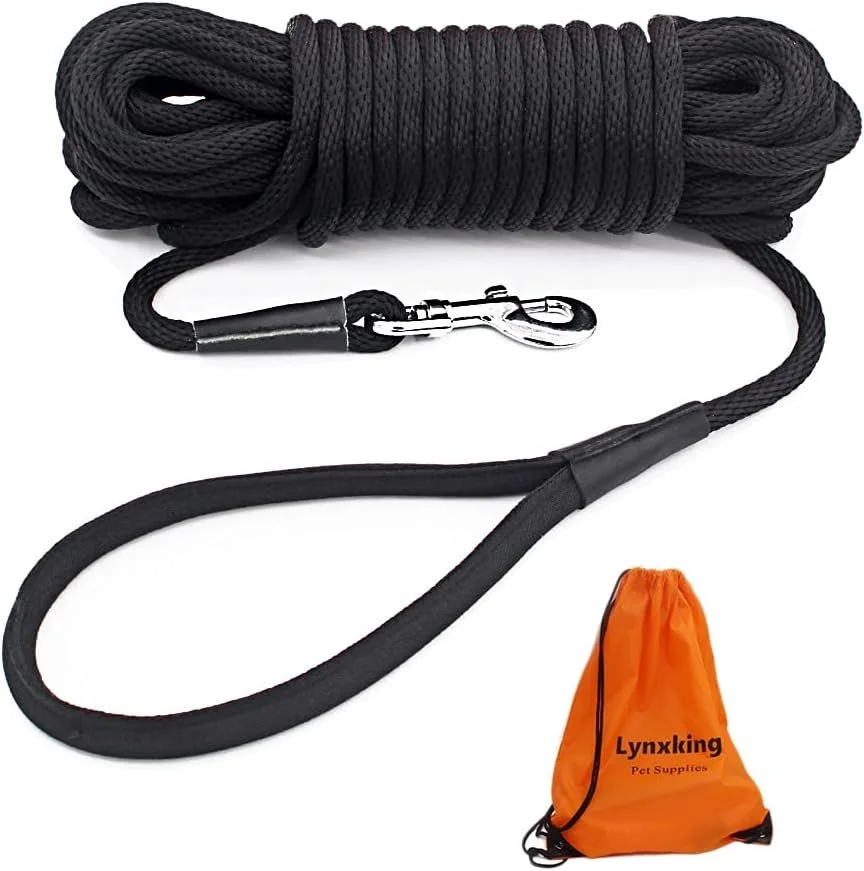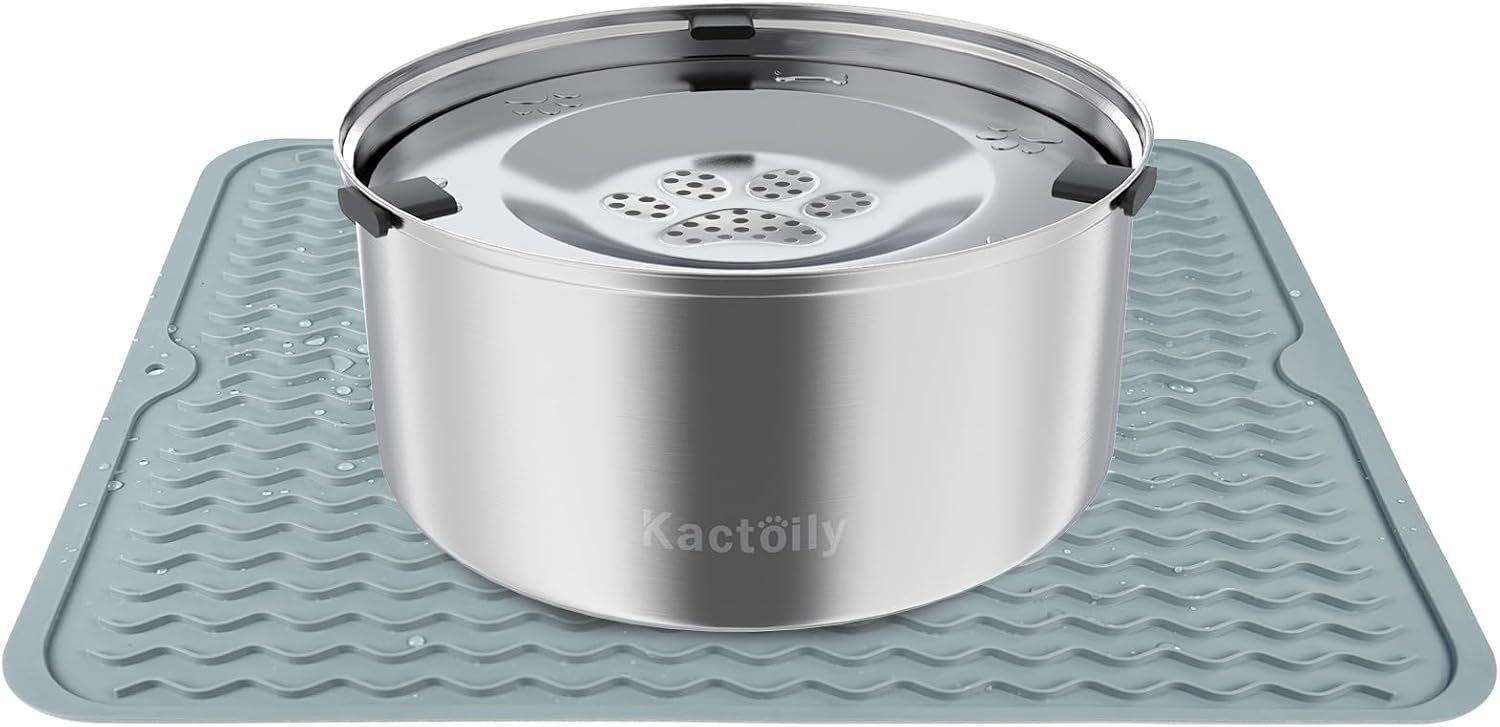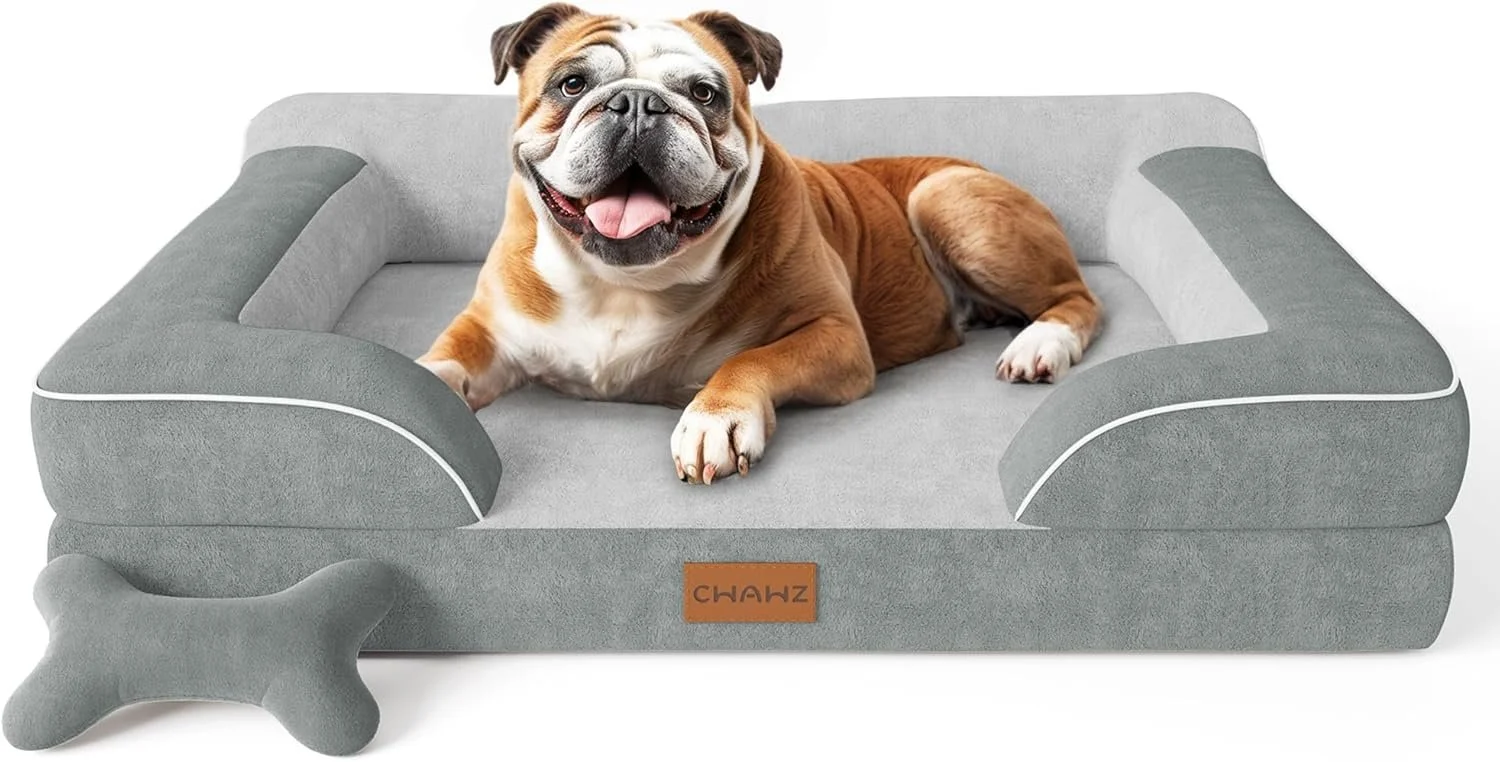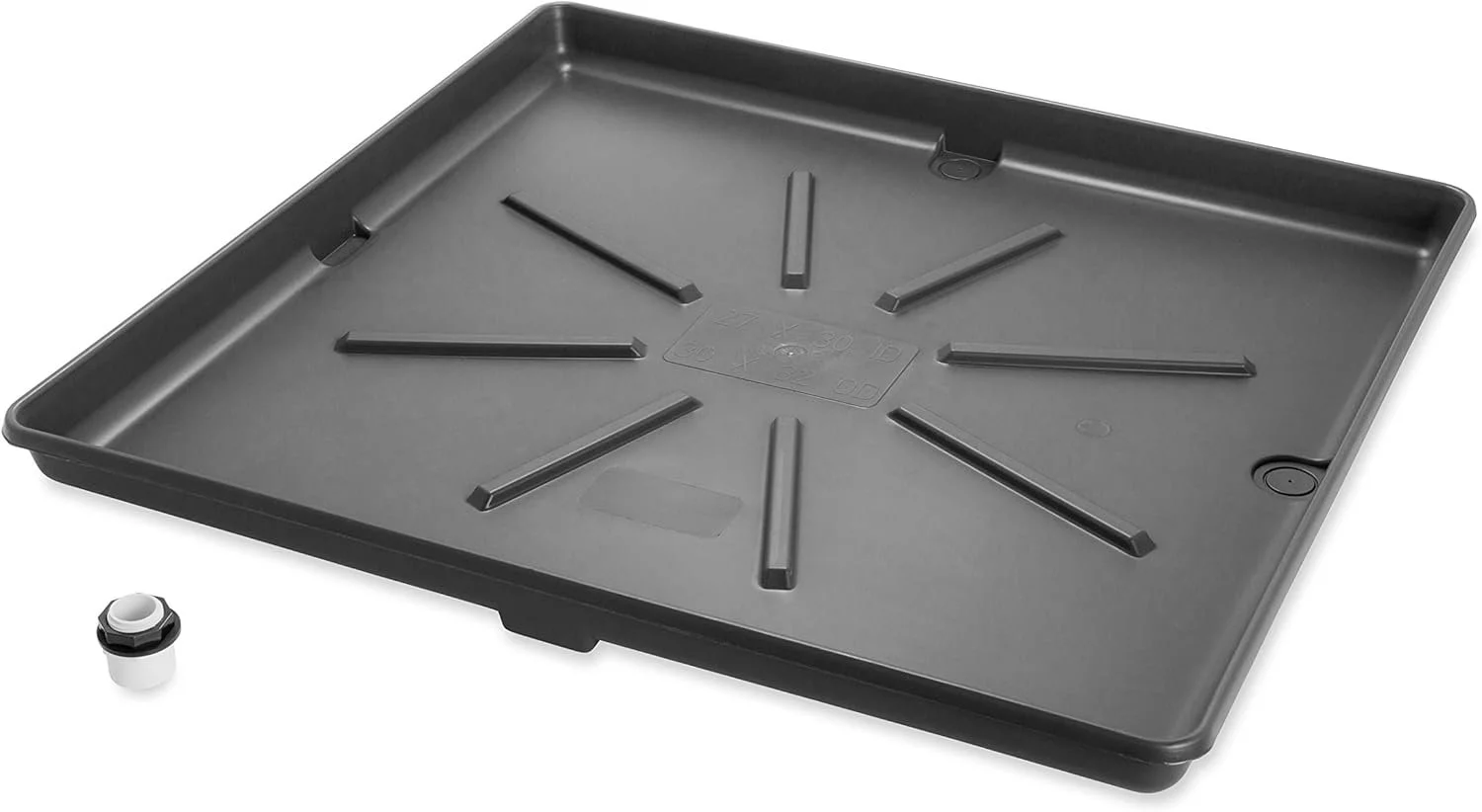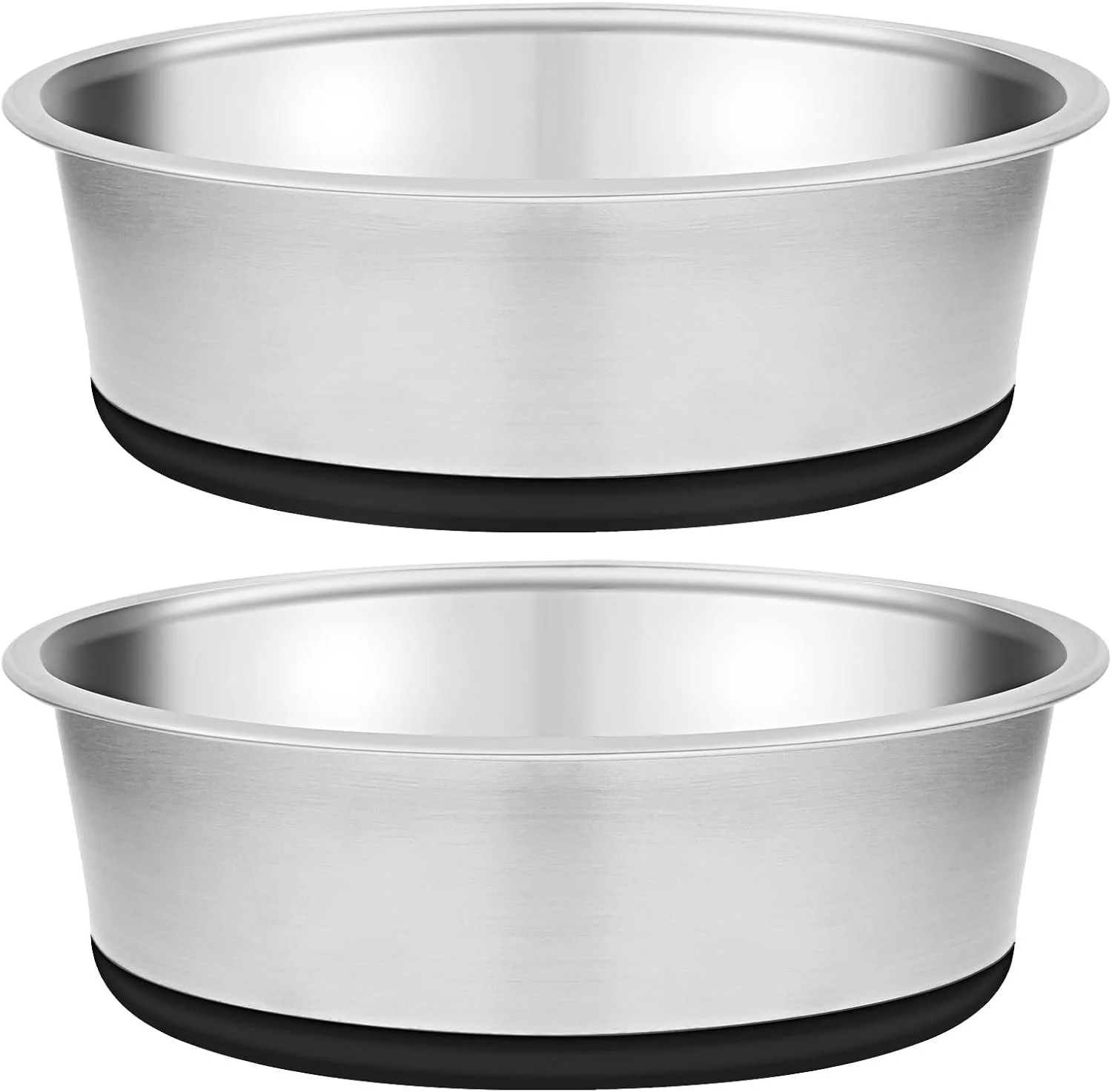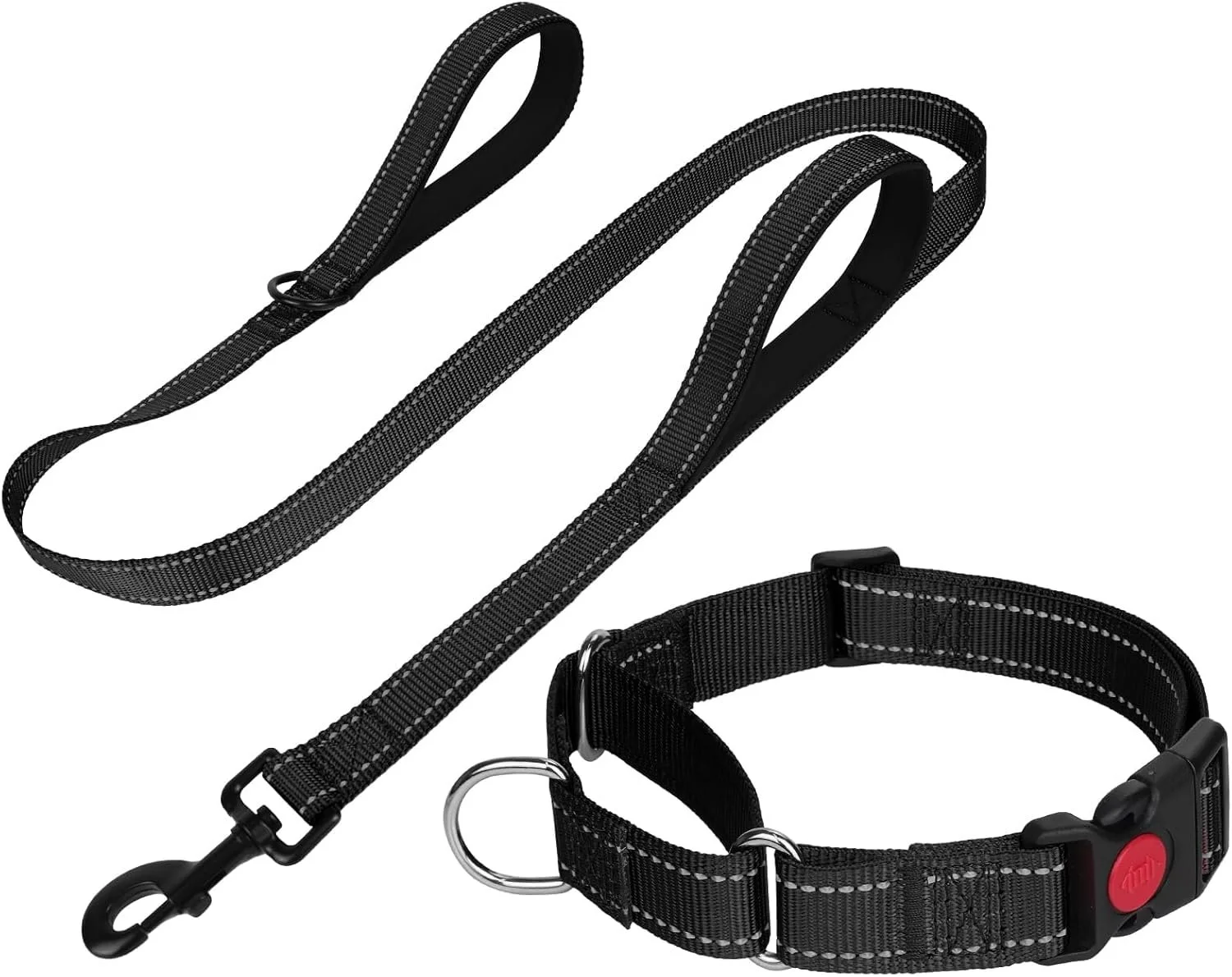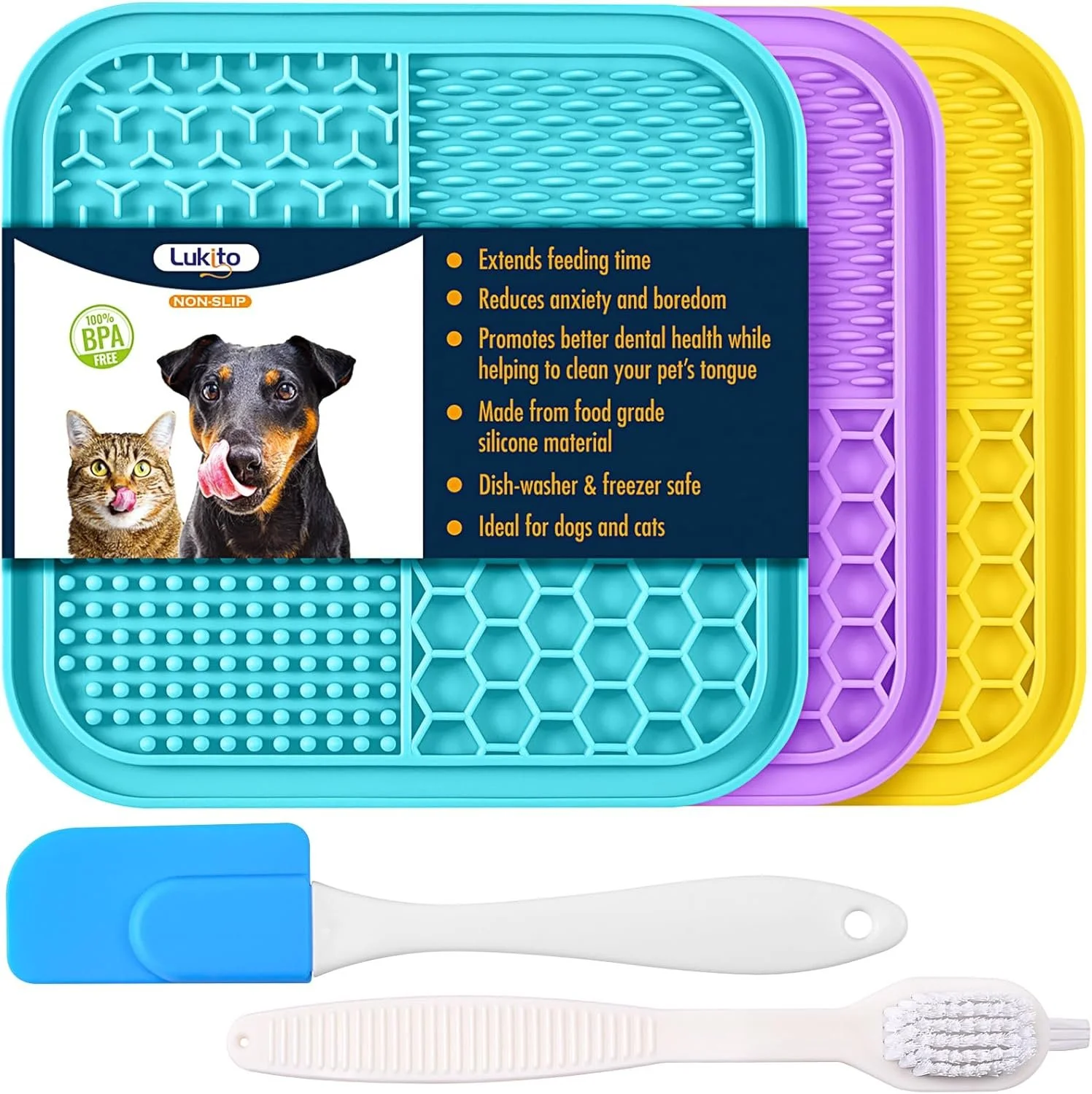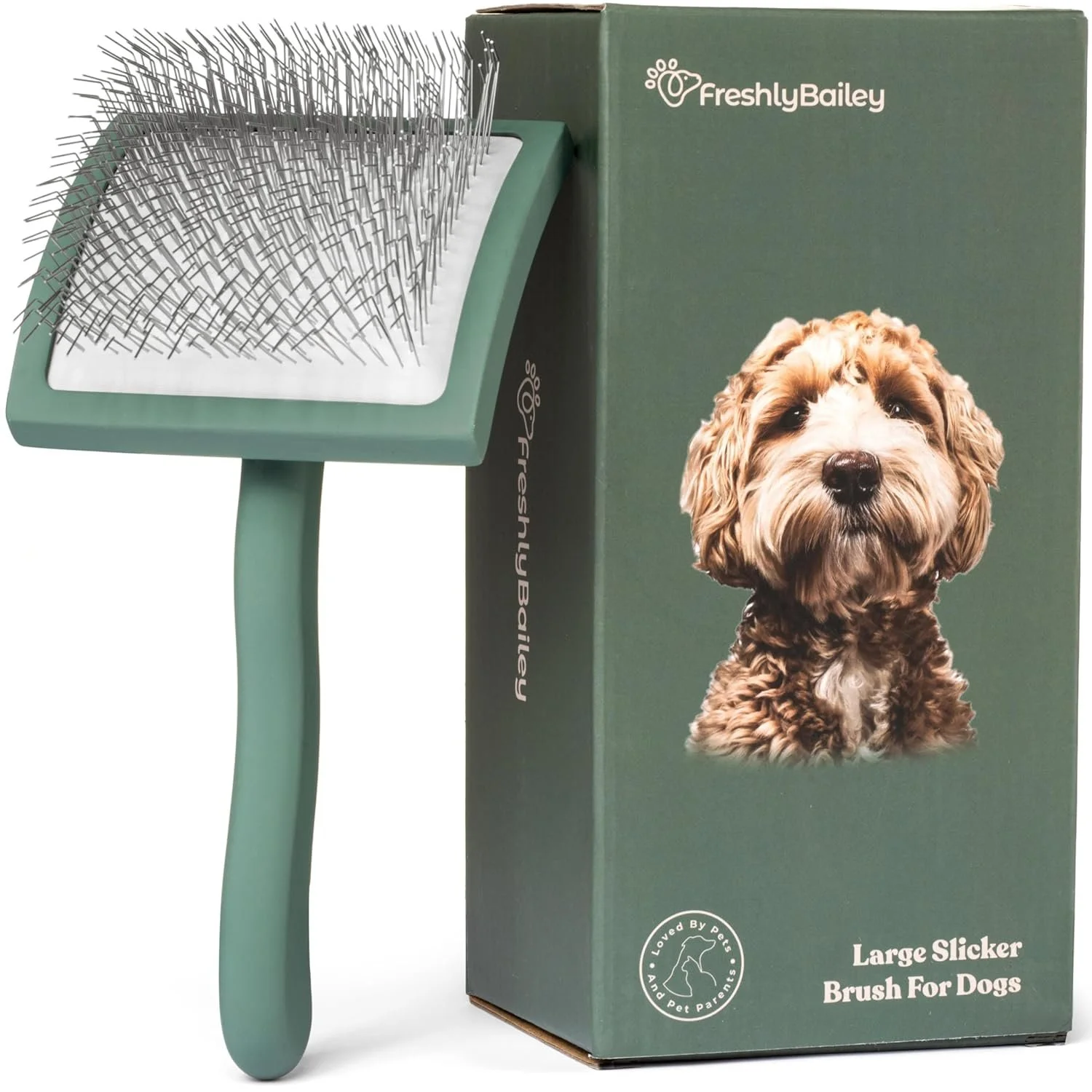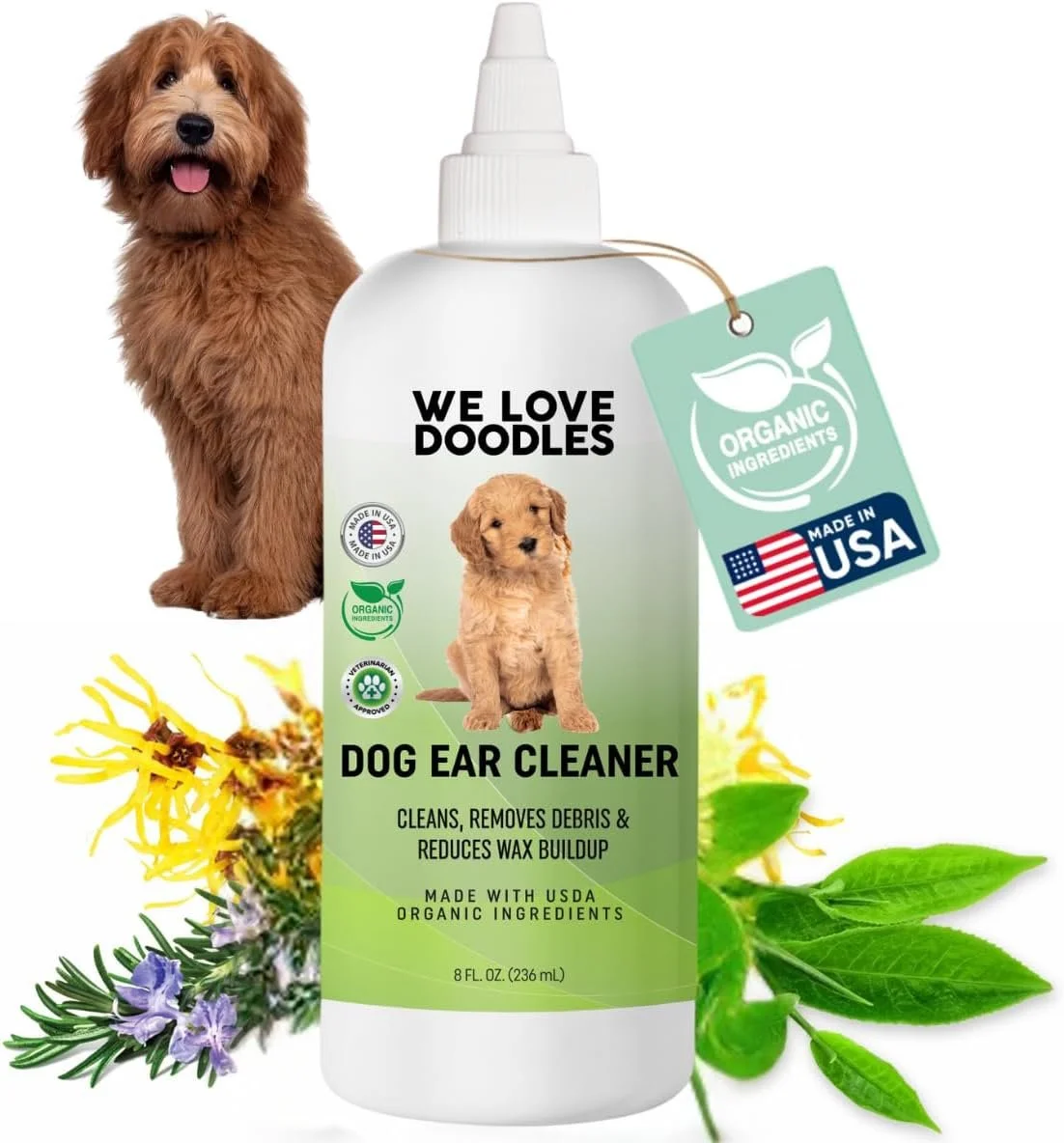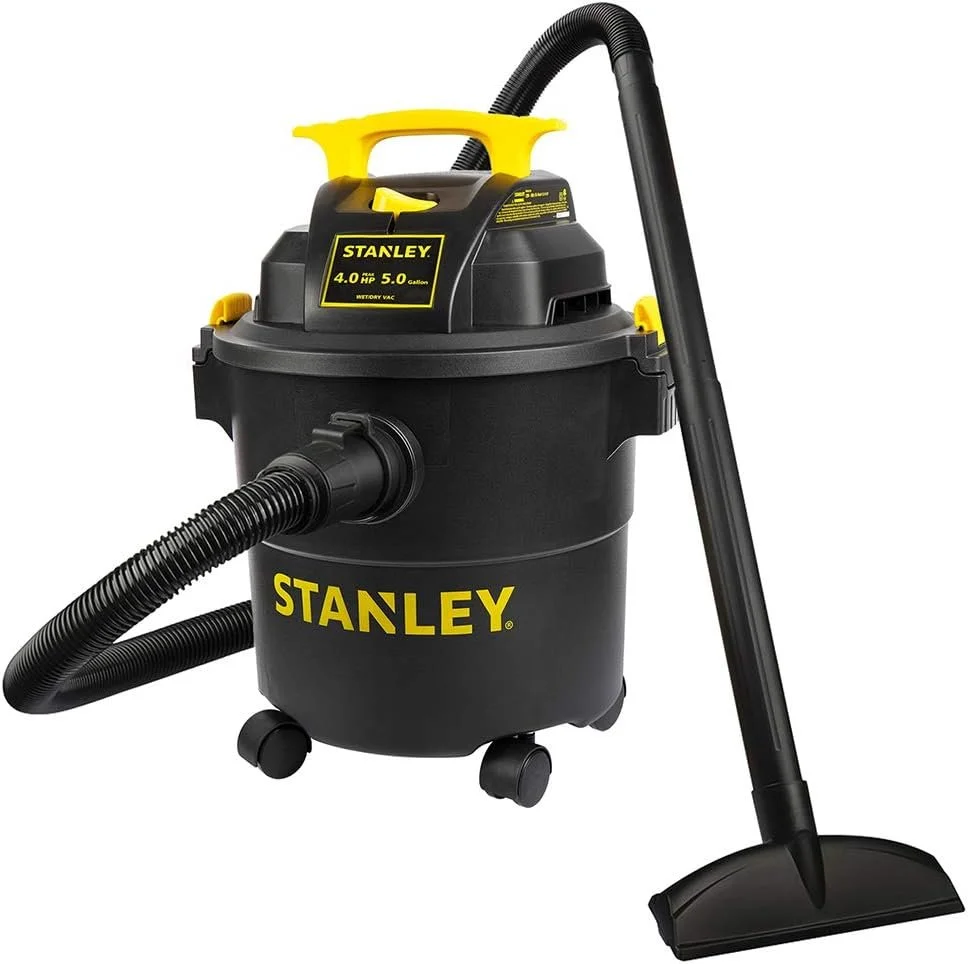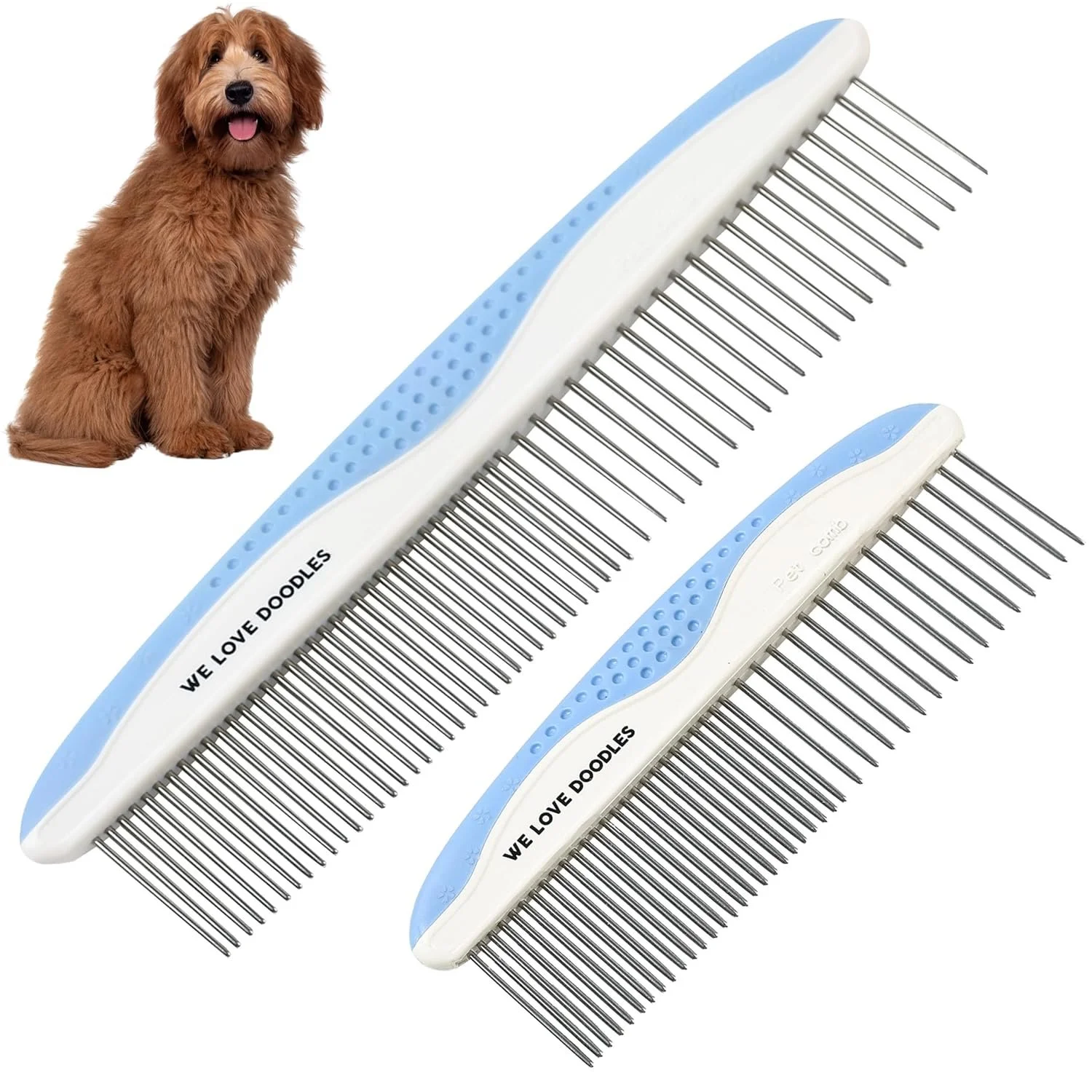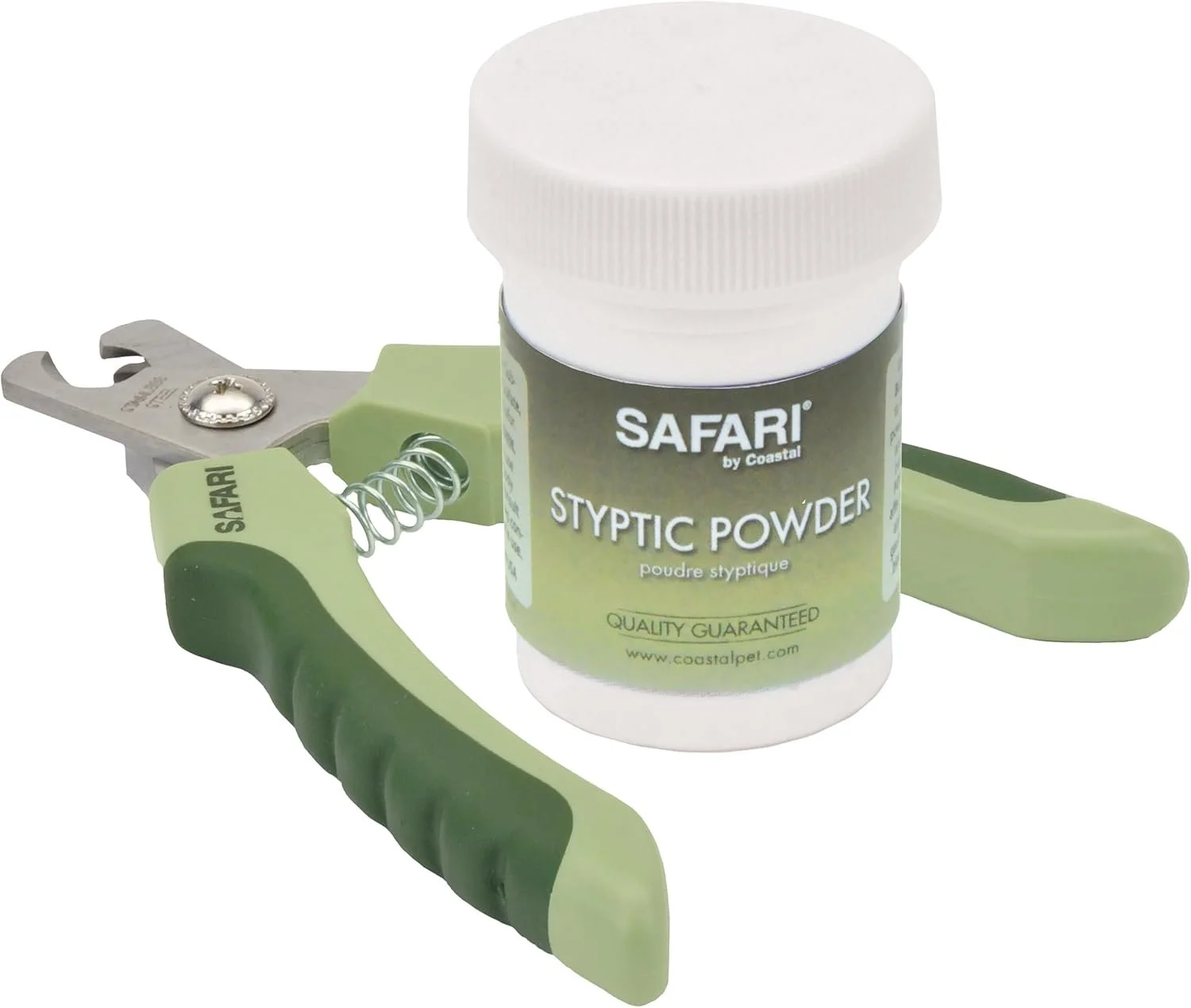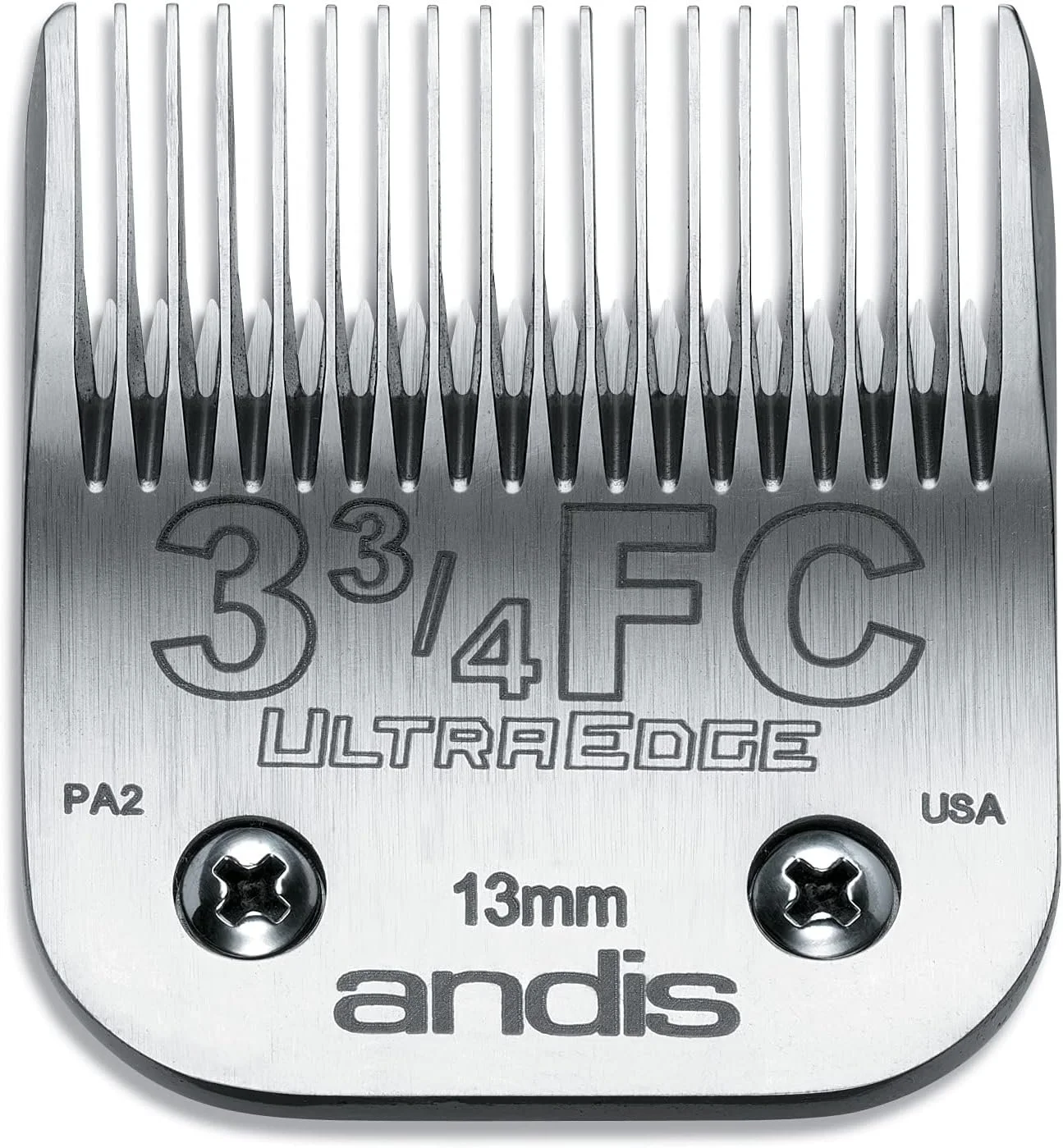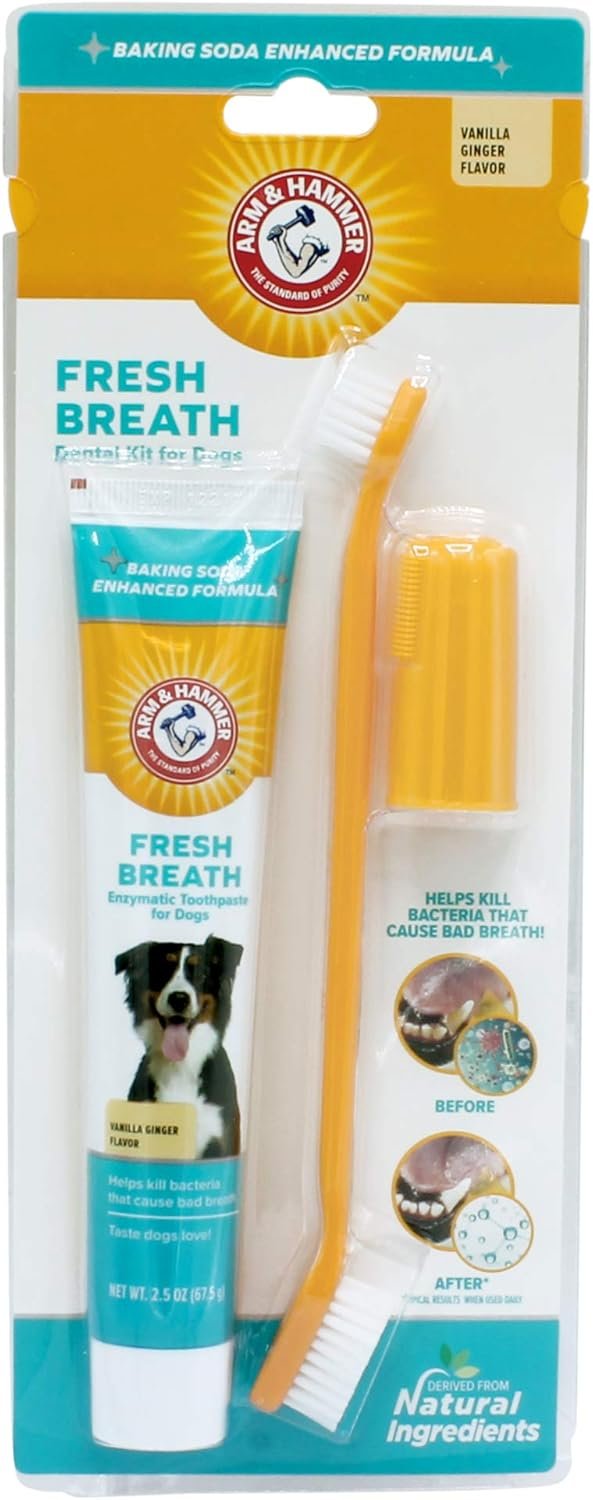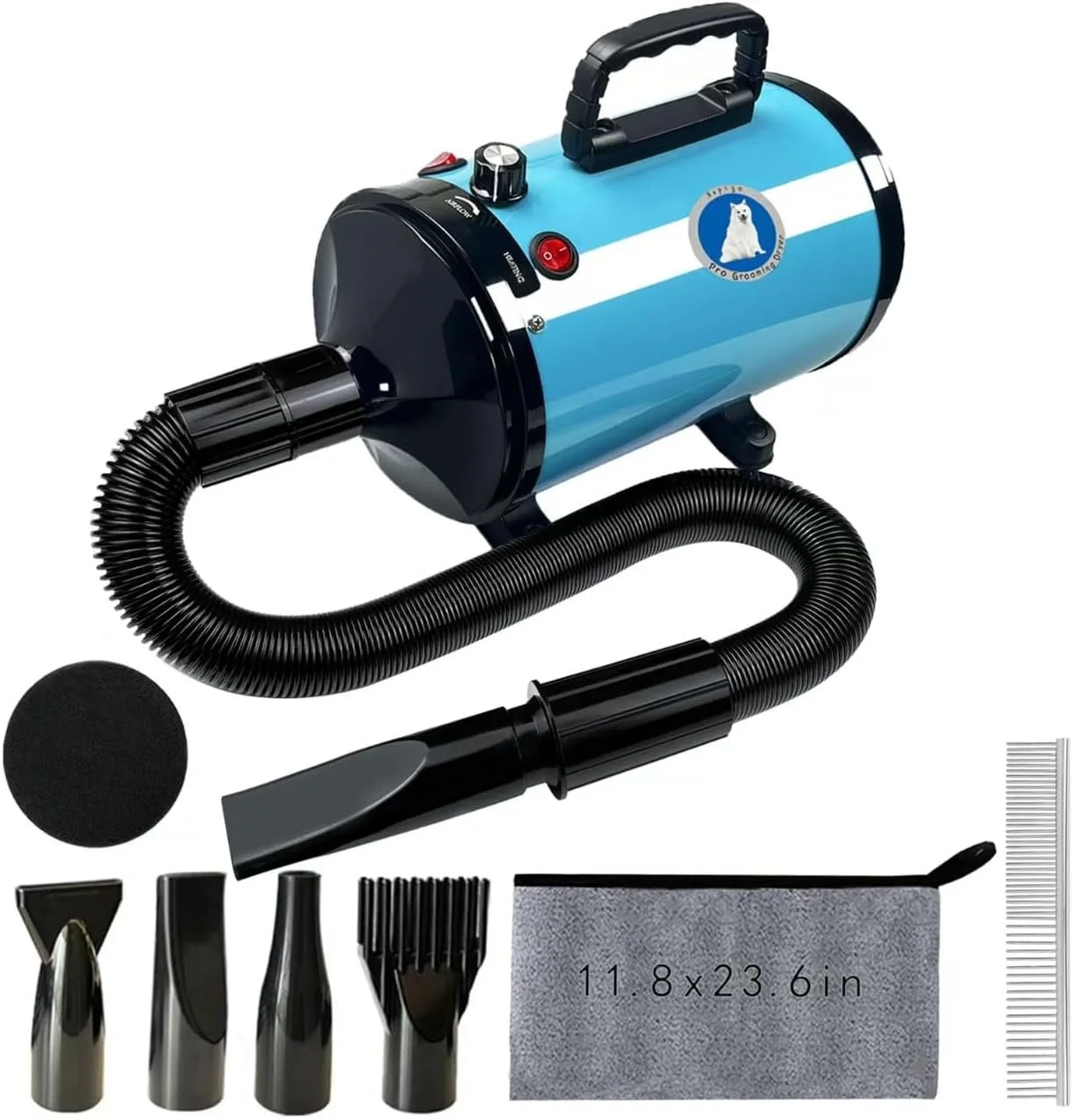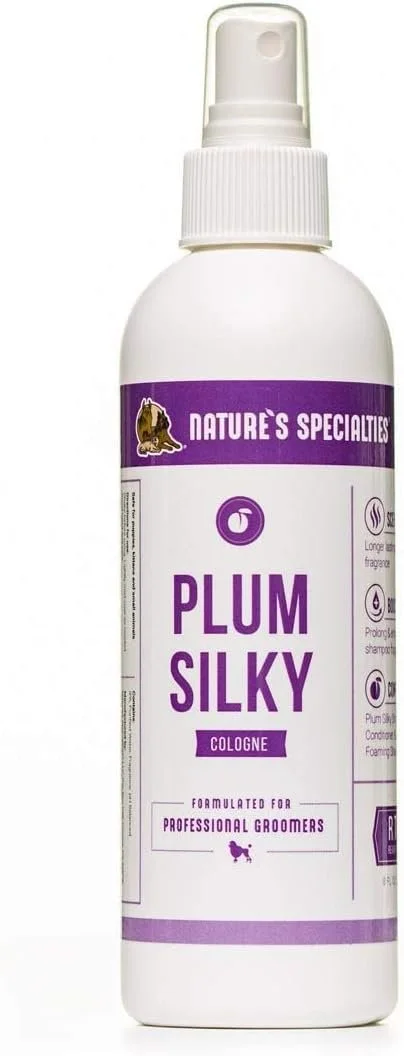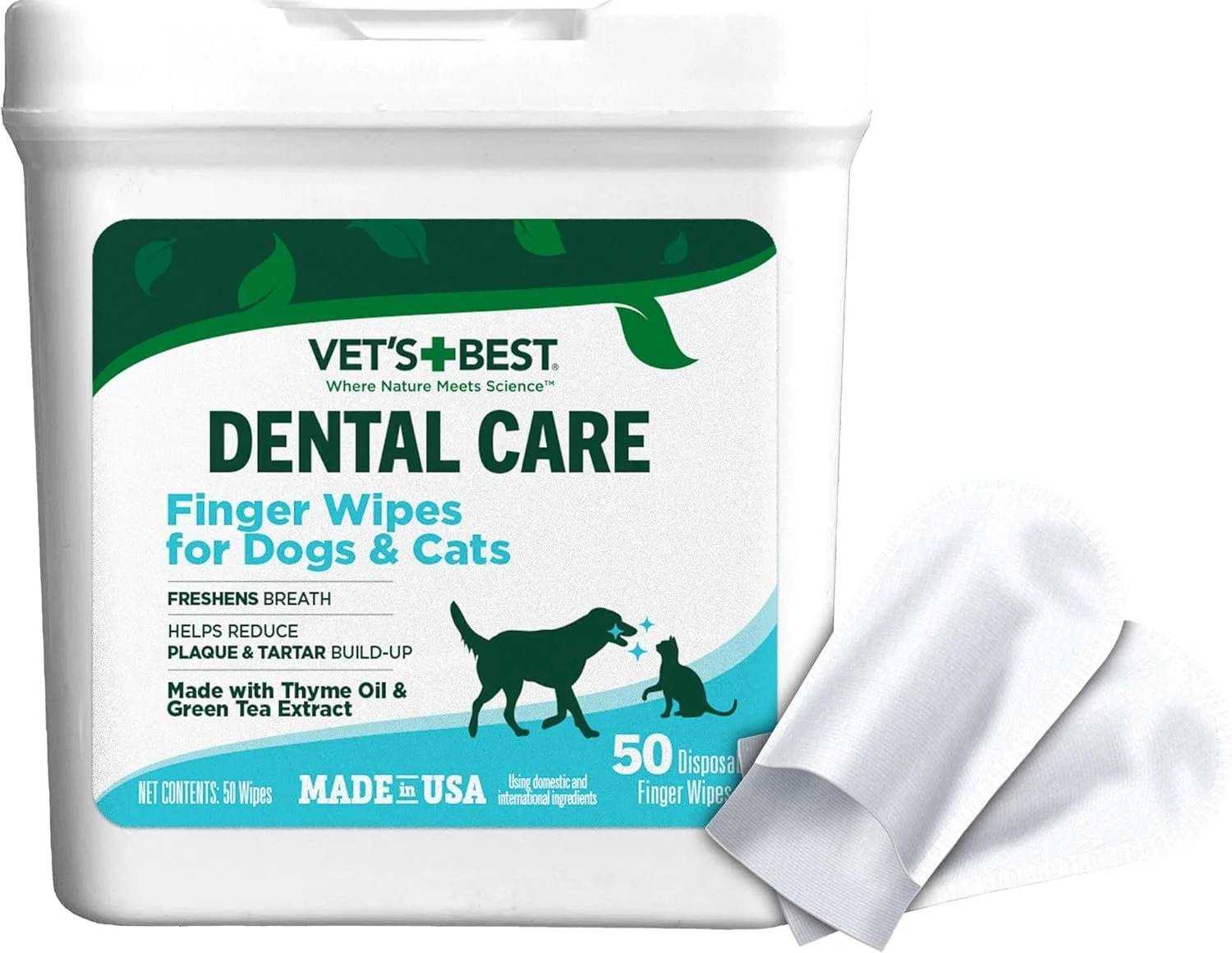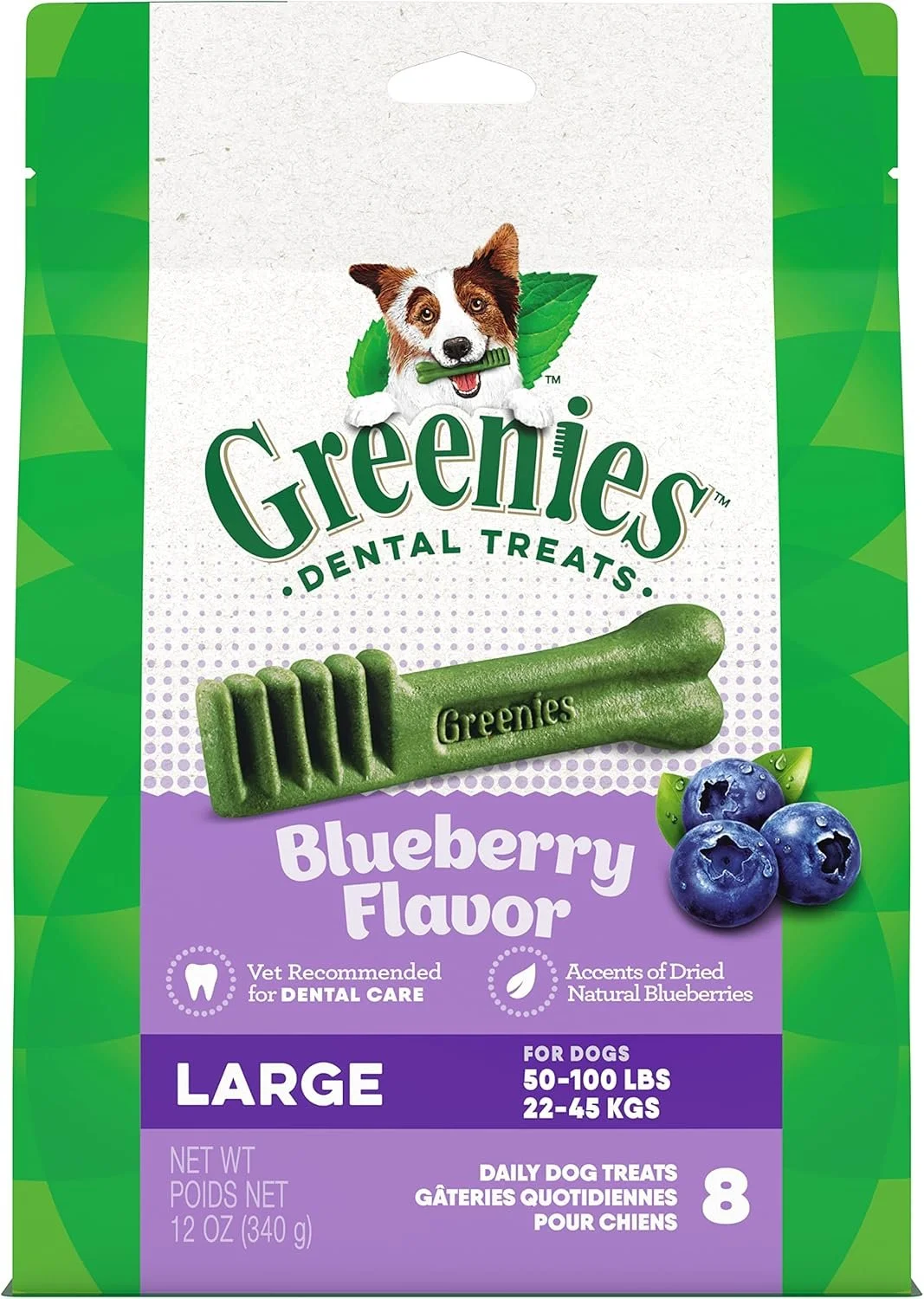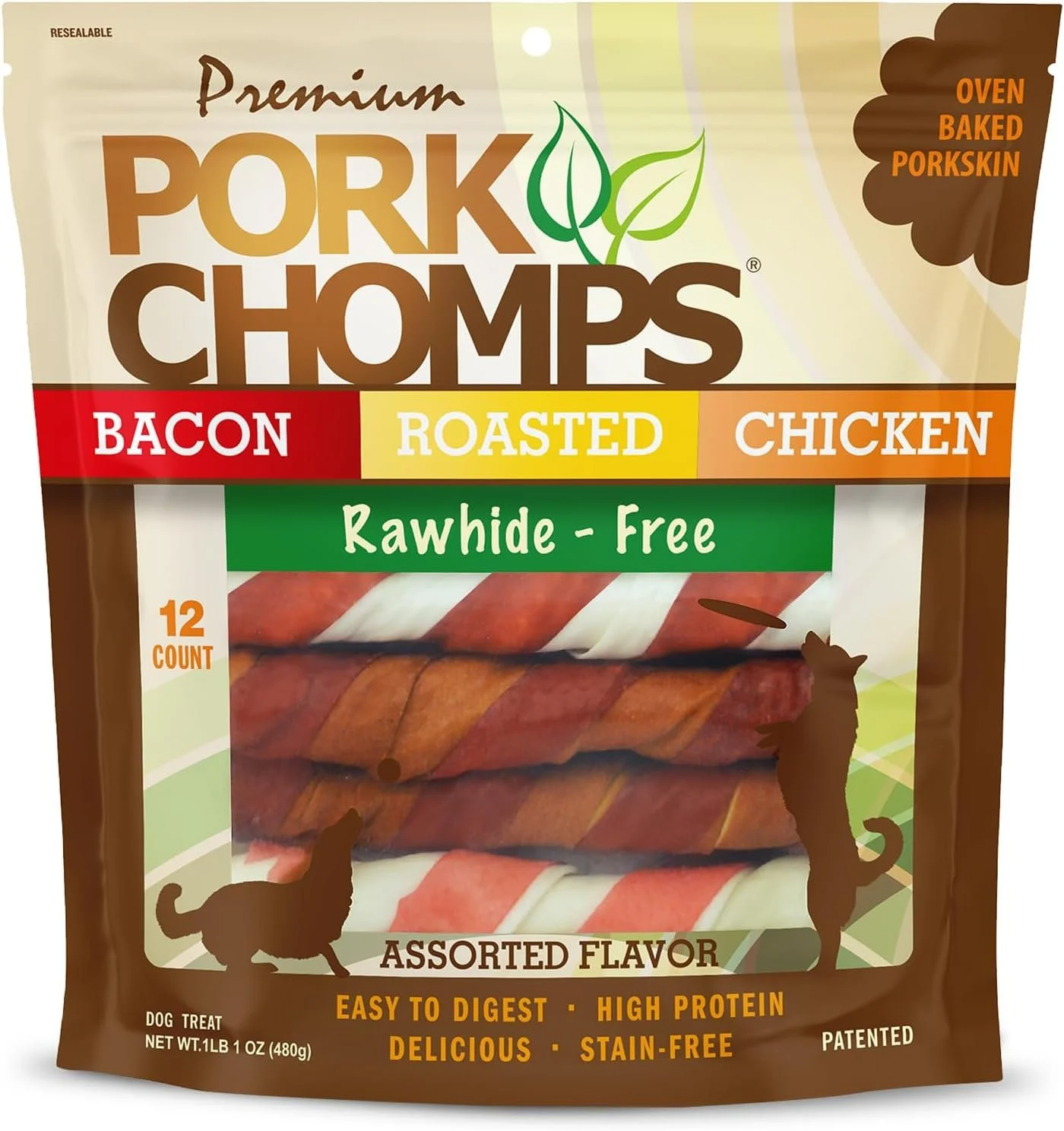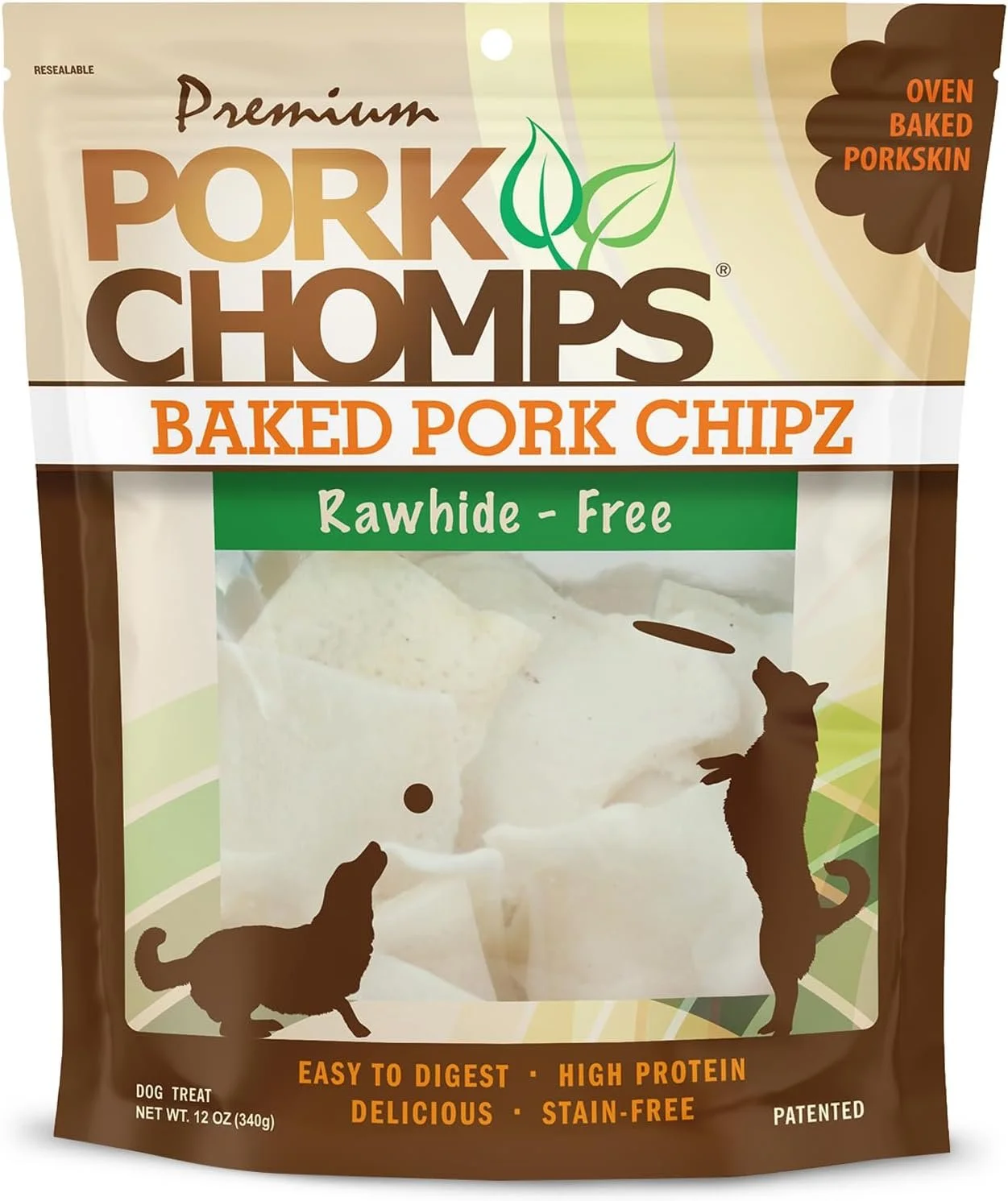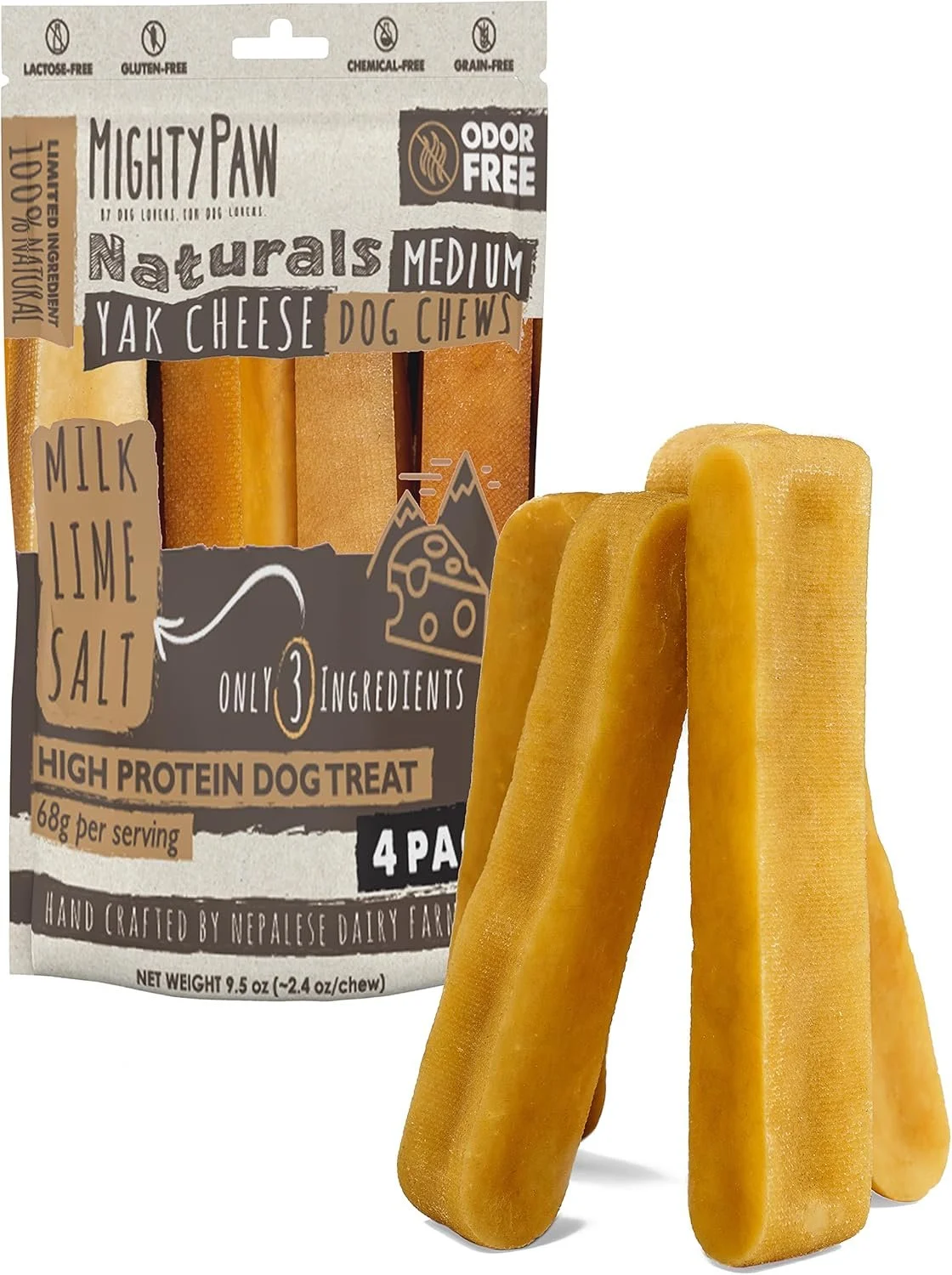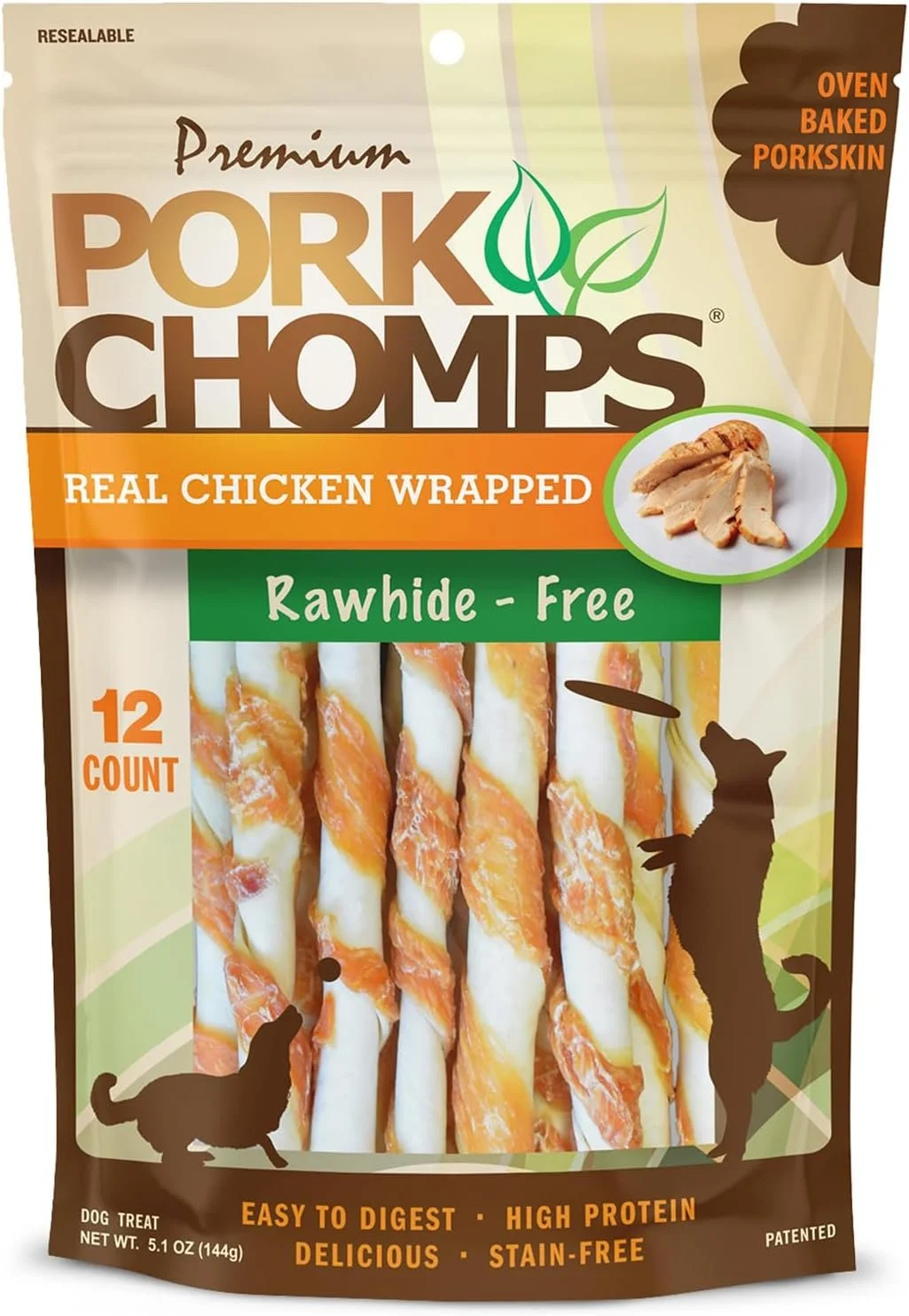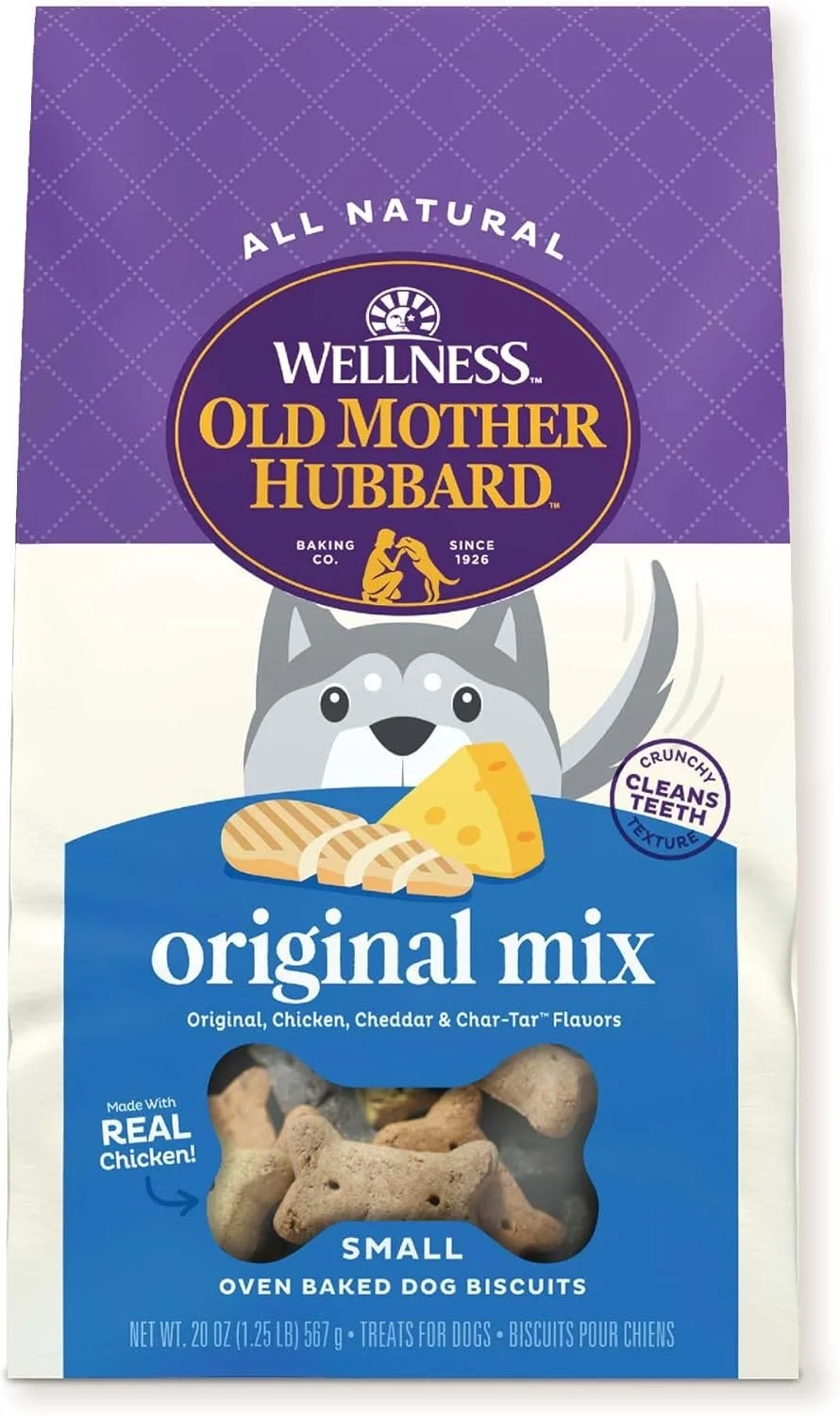Food and Supplements
The foods that we recommend are from highly reputable companies that employ board-certified veterinary nutritionists to formulate perfect diets to support growing puppies. We DO NOT recommend boutique or grain-free diets. These diets have been suspected to cause premature cardiac death in dogs due to taurine deficiency related dilated cardio myopathy. All of the diets have a puppy (30% protein, 20% fat) and adult (26% protein, 14% fat) version. We recommend switching to the adult version at 8 months of age. We also recommend a daily skin/coat supplement during the dryer months or year round if you are in a dry climate to prevent itching and scratching due to dry skin. Probiotics and canned pumpkin are always great to have on hand in case of upset stomachs. Canned food should only be used during training and never mixed in regular food as it encourages over-eating
Around the House
Food and water dishes should never be elevated. A puzzle bowl can be used to provide mental stimulation occasionally. All bowls should be washed daily. A flat leash and collar work or slip lead are the best for training. A harness can be used for a seatbelt in the car, but will encourage pulling if used before leash work is completed. A flexi or retractable leash should never be used. For recall work, a long line is a great tool. Crates should be large enough for a puppy to turn around in and stretch out, but not big enough that they can have a separate potty area. The recommended crate comes with a divider to make the crate the right size as the puppy grows. Most of our puppies will be comfortable in a 36” crate as adults, but larger puppies may need a 42”. Until the puppy is crate trained, an exercise pen can be used to create a safe area for the puppy while they are unattended. If a puppy will be home alone for longer than 2-3 hours for the first few months home, a litterpan (washing machine tray) and litter (alfalfa pellets) is recommended to be used for potty training. Crate bedding should never be overly warm or fluffy. Doodles become overly warm and uncomfortable and therefore prefer a soft cooling mat. Covering the crate with a light blanket is preferred to create a den-like feel that most dogs enjoy. A licking mat is your puppy pacifier and should be “loaded” with canned puppy food and taken to all vet and grooming appointments, when visiting new places, etc.
Grooming
Grooming is essential for Labradoodles due to their unique coat, which can vary from wavy to curly and is prone to matting and tangling. Regular grooming helps maintain a healthy coat by preventing mats and keeping the skin clean and free from irritants. Additionally, grooming sessions provide an opportunity to check for skin issues, ear infections, or parasites. Consistent grooming not only enhances the dog's appearance but also promotes overall well-being and comfort, making it a crucial aspect of responsible pet ownership for Labradoodle owners. These are the tools we recommend for brushing, combing and ear/mouth/nail health at home. There are also grooming tools for families choosing to groom at home.
Treats
I recommend offering dogs appropriate treats that prioritize their health and well-being, with fresh fruits and vegetables being excellent options due to their natural nutrients and low-calorie count. Additionally, raw bones can be beneficial for dental health and satisfy their chewing instincts, but should be given in moderation. While limited commercial treats can be acceptable, it's important to avoid rawhide due to potential choking hazards and digestive issues. To enhance training sessions, I also utilize a training treat pouch, which makes it convenient to access rewards quickly, reinforcing positive behavior while ensuring the treats remains easily manageable.

